Forums
- Forums
- Duggy's Reference Hangar
- USAAF / USN Library
- Boeing P-12/F4B
Boeing P-12/F4B
Post a reply
- Go to Previous topic
- Go to Next topic
- Go to Welcome
- Go to Introduce Yourself
- Go to General Discussion
- Go to Screenshots, Images and Videos
- Go to Off topic
- Go to Works in Progress
- Go to Skinning Tips / Tutorials
- Go to Skin Requests
- Go to IJAAF Library
- Go to Luftwaffe Library
- Go to RAF Library
- Go to USAAF / USN Library
- Go to Misc Library
- Go to The Ops Room
- Go to Made in Germany
- Go to Campaigns and Missions
- Go to Works in Progress
- Go to Juri's Air-Raid Shelter
- Go to Campaigns and Missions
- Go to Works in Progress
- Go to Skinpacks
- Go to External Projects Discussion
- Go to Books & Resources
-
9 years agoSat Aug 26 2023, 10:09amDuggy
 Main AdminText from J.BaugherThanks
Main AdminText from J.BaugherThanks
The Boeing P-12 was one of the best known Air Corps fighters of the entire inter-war period. It equipped most of the Air Corps fighter squadrons during the early 1930s. Numerically, it was the most important of all the "between-wars" pursuit aircraft. Here is a history of this important warplane.
The origin of the P-12 series can be traced back to a pair of experimental aircraft produced by Boeing at company expense in hope of replacing the PW-9 and the Navy's F2B and F3B fighters. These two sires of the entire P-12/F4B line of fighters bore the company designations of Model 83 and Model 89. These planes departed from earlier Boeing construction practice in that they had fuselages made largely of bolted-up aluminum tubing construction, rather than the welded steel tubing of earlier Boeing fighters. They retained welded steel tubing in the engine mounting and center-section area, but bolted square-section dural tubing was used aft of the cockpit. Bolted instead of welded joints had been used in earlier fighters, but the steel tubes had been bolted to tabs welded to the longerons. On these planes, the tubes were bolted directly to one another through dural gussets.
The wings of the Model 83/89 had a straight rather than tapered planform, which was a departure from previous Boeing practice. The wings were constructed of two wooden box spars with spruce flanges and mahogany ply webbing. The ribs were band-sawed from mahogany ply and were fitted with spruce strips. The upper wing was built up in one piece, but the lower wings were constructed separately and bolted together at the spar butts for installation as a unit. The airfoil section was the newly-developed Boeing 106 section. The entire tail unit was of semi-monocoque metal construction using the integrally stiff corrugated skinning originally developed for the F3B-1.
Armament was provided by two 0.30-cal or one 0.30- and one 0.50-cal machine guns. These guns were located in the top of the nose with troughs in the paneling and synchronized to fire through the propeller arc. The powerplant was the 450 hp Pratt and Whitney R-1340-7 radial, driving a ground-adjustable variable-pitch two blade metal propeller. No cowling was fitted around the engine, but streamlined "hats" were positioned behind each cylinder. A 55-gallon auxiliary fuel tank could be fitted between the undercarriage legs. Up to 700 pounds of bombs could be distributed under the lower wing and fuselage belly.
First to fly was the Model 83 which flew June 25, 1928 at Seattle and was delivered to the Navy at San Diego three days later. The Model 89 was completed the next month and was shipped by rail to the Naval Test Center at Anacostia, Maryland on July 24. It flew for the first time there on August 7. The two planes were virtually identical, but the Model 83 had a spreader-bar undercarriage with diagonal strut bracing to the middle of the bar, whereas the Model 89 had a split-axle gear. The 89 had a 500-lb bombrack between the undercarriage legs, whereas the 82 had an arrester hook. Although not Navy property, these two planes were referred to as XF4B-1 for administrative purposes during the testing. Since both aircraft were Boeing-owned, they did not carry military markings. However, they did not carry the civil registrations that were allocated to them.
Both aircraft were originally powered by "long-nosed" R-1340B engines which were supposed to improve the aerodynamic shape of the nose. They were soon replaced by the standard dash-7 engine with no more than marginal effect on performance.
Flight testing of these two prototypes showed that they outperformed all serving fighters. As a result of testing of the two prototypes, the Navy ordered 27 production F4B-1s (serial numbers A-8130/8156). Navy bought both the Model 83 and 89 on June 19, 1929, and the designation XF4B-1 became official. Both prototypes were returned to the factory after testing for modification to the standards of production F4B-1s. These two planes were then assigned Navy serial numbers immediately ahead of those in the F4B-1 contract (A8128 for Model 89 and A8129 for Model 83).
F4B-1 #A8133 was modified as a special executive airplane for Assistant Secretary of the Navy David S. Ingalls, the Navy's only World War 1 ace. It was stripped of all armament, fitted with a ring cowl and painted with the special blue fuselage coloring of Naval executive aircraft. This plane was designated F4B-1A.
Although the Model 83/89 had both been submitted to the Navy, the Model 89 was loaned to and tested by Army pilots at Bolling Field, which was located just on the other side of the airstrip from Anacostia. Like their Navy counterparts, the Army pilots were impressed. As a result of the Army pilots' reports on the Model 89, Boeing received a contract for ten P-12s (Ser Nos 29-353/362) on November 7, 1928. These airplanes bore the company designation of Model 102. This order by the Army was quite unusual, because they had not even tested a prototype, simply having "borrowed" the Navy's plane for the tests.
The first nine P-12s were similar to the F4B-1 naval version with the exception of the deletion of the arrester hook and other purely naval equipment. The first P-12 completed was handed over to Air Corps Captain Ira C. Eaker on February 26, 1929 for use in a good-will high-speed flight to Central America. The first flight of a "standard" P-12 was on April 11, 1929. The last example was delivered on April 26.
The basic P-12 was the only model in the Army series to use the tapered ailerons of the prototypes. Production P-12s were delivered with fairings aft of the engine cylinders, but cooling problems led to their removal soon afterwards. The P-12 was powered by the 500 hp Pratt and Whitney R-1340-7 radial. Maximum speed was 158 mph at sea level and 171 mph at 5000 feet. Initial climb was 2080 ft/min. An altitude of 10,000 feet could be attained in 5.8 minutes. Service ceiling was 28,200 feet and range was 520 miles. Weights were 1758 lb. empty, 2536 lb. gross. Armament was the same as that of the prototypes--a pair of 0.30-cal or one 0.50-cal and one 0.30-cal machine guns.
The last P-12 (Ser No 29-362) was delivered as the XP-12A (Boeing Model 101). It incorporated various refinements suggested to Boeing by Army pilots. The differences included the use of Frise balanced ailerons with hinge lines lying parallel to the wing spar, a shorter undercarriage, a long-chord engine cowling, redesigned elevators, and a castoring tail skid in place of the fixed skid of the P-12. The first flight of the XP-12A took place on April 11, 1929. However, after only four hours of flying, it was destroyed in a midair collision with another P-12 at Wright Field on May 18. Nevertheless, evaluation of the remaining P-12s sufficed to eliminate some of the minor snags.
The P-12B was an improved version, owing a great deal to Army experience with its nine P-12s. On June 10, 1929, Boeing received an order for 90 P-12Bs, the largest single aircraft order placed by the Army in peacetime thus far. Serials were 29-329/341 , 29-433/450 and 30-029/087. The company designation for the P-12B was Model 102B. The P-12B could be distinguished outwardly from the P-12 by the Frise balanced ailerons as originally fitted to the XP-12A, by the revised elevators, and by the use of slightly larger wheels. The landing gear and uncowled engine were the same as on the P-12 (omitting the cylinder fairings), but some P-12Bs were retrofitted with ring cowlings developed on later versions. Rail delivery of dismantled P- 12B aircraft began on February 1, 1930 The first P-12B flew May 12, 1930, and the last example was delivered on May 17.
The P-12B was somewhat heavier than the P-12, and its performance suffered accordingly. The engine was the 500 hp Pratt and Whitney R- 1340-9. Weights were 1956 lb. empty, 2638 lb. gross. Maximum speed was 166 mph at 5000 feet. Initial climb rate was 2040 ft/min Service ceiling was 27,450 feet, and range was 540 miles. The armament was the same as that of the P-12.
The P-12C was an improved P-12B with a later engine and some minor refinements. The Army ordered 131 P-12Cs on June 2, 1930. Serials were 31-147/277. The company designation for the P-12C was Model 222, and the the naval equivalent of the Army P-12C was F4B-2. The P-12C differed from the B-version in having an engine ring cowl and a spreader bar undercarriage similar to that fitted to the original Model 83. This undercarriage arrangement had been first tried out on the experimental XP-9. Wingtip navigational lights were provided.
Delivery of dismantled P-12C aircraft to the Army began August 30, 1930 and was completed on February 12, 1931. The first recorded flight of a P-12C was on January 30, 1931. In the event, only the first 96 examples of the original order (31-147/242) were actually completed as P-12Cs, the remaining 35 being completed as P-12Ds. In addition, Ser Nos 31-152/154,156,157,159/161,175,195,209/212,233, and 234 were later converted to P-12D standards after having initially been delivered as Cs.
The engine powering the P-12C was the 450 hp R-1340-9 (SR-1340D). Maximum speed was 175.5 mph at 10,000 feet and 176.5 mph at sea level. Initial climb was 1410 ft/min, service ceiling was 26,200 feet, and range was 580 miles. Weights were 1938 lb. empty, 2630 lb. gross.
The Navy equivalent of the P-12C was the F4B-2. Serial numbers were 8621/8639 8791/8809.
Only the first 96 examples of the original P-12C order (31-147/242) were actually completed as P-12Cs. The last thirty-five examples of the original P-12C order were completed as P-12Ds, beginning on February 25, 1931 and ending on April 28. Serial numbers of the Ds were 31-243/277. The company designation of the P-12D was Model 227. Deliveries of the P-12D began on February 25, 1931, and were completed on April 28. The first flight of a P-12D was made on March 2, 1931.
The P-12D differed only internally from the P-12C. On the P-12D, the ignition harness was on the front of the engine rather than behind it as on the P-12C. In addition, the cowling support struts visible on the P-12C were not used on the P-12D. The P-12D was powered by the more powerful 525 hp Pratt and Whitney R-1340-17. Performance was improved. Maximum speed was 178 mph at 7,000 feet and 176.5 mph at sea level. An altitude of 10,000 feet could be attained in 5.8 minutes. Initial climb was 1410 ft/min, service ceiling was 25,400 feet, and range was 475 miles. Weights were 1956 lb. empty, 2648 lb. gross.
Both C and D models were later retrofitted with P-12E vertical tails by the Army.
The best-known version of the P-12 series was the P-12E. The P-12E had its origin in the private venture Model 218 which flew for the first time on September 29, 1930. The Model 218 was a company-owned aircraft intended to develop new features for the P-12/F4B series. It was essentially a P-12B with a semi-monocoque metal fuselage structure similar to that of the experimental XP-9 monoplane. It had a tail wheel in place of the tail skid of the earlier versions. A pilot's headrest was provided behind the cockpit. The fin and rudder of the Model 218 were originally the same as that of the P-12B, but they were soon enlarged to a more rounded form. An experimental Army designation of XP-925 was assigned during testing with a R-1340D engine and was changed to XP-925A when an R-1340E engine was installed. Empty weight increased to 1954 lb, gross weight was 2694 lb. Speed with the altitude-rated R-1340D engine was 195 mph at 8000 feet. The Model 218 was temporarily fitted with wheel spats in an attempt to obtain additional speed.
The Model 218 was tested by both the Army and Navy under bailment contracts. During the test program, the Model 218 bore the civil registration X66W. The Model 218 was sold to China after the testing was completed. Once there, it was flown by the American volunteer pilot Robert Short. In an air battle over Shanghai in 1932, it destroyed two out of three attacking Japanese fighters before it was shot down.
The Army ordered the Model 218 into production as the P-12E (Boeing Model 234). 135 P-12Es were ordered on March 3, 1931. 110 aircraft (31-553 to 586 and 32-1 thru 76) were delivered as such between September 19 and October 15 of 1931. They bore the factory designation of Model 234. The naval equivalents were designated F4B-3 and F4B-4. The first flight of a P-12E took place on October 15, 1931. The P-12E was the most widely used and long-lived of the Army series. It used the new fuselage and tail surfaces of the Model 218, but most other components were essentially those of the P-12D. The P-12E was initially fitted with a tailskid, but it was replaced in service with a tailwheel as first tried out on the Model 218. P-12Es were originally built with flotation gear in the upper wing as on previous models, but this feature was deleted in service and replaced in most examples by a rubber life raft for the pilot stored in an enlarged "Panama" headrest, so named because it was originally developed for use in the Canal Zone area. This gave the P-12E a distinctive "hunchback" appearance. The maximum speed was 189 mph at 7,000 feet, and initial climb was 1920 feet/min. An altitude of 10,000 feet could be attained in 5.8 minutes. Weights were 2014 lb. empty, 2701 lb. gross. Service ceiling was 31,400 ft and range was 585 miles
The last 25 aircraft of the March 1931 order (Ser No 32-077/101) were powered by 600 hp R-1340-19 engines, rated for maximum performance at 10,000 feet, 3000 feet higher than the -17 in the P-12E. As this significantly altered the performance characteristics, these aircraft were designated P-12F (Model 251). Deliveries of the P-12F took place between March 6 and May 17, 1932. The last ten P-12Fs had tailwheels rather than tailskids, but tailwheels were later retrofitted to all the E's and the F's. Many P-12Fs were fitted in service with the "Panama" headrest. The maximum speed was 195 mph at 10,000 feet, and initial climb was 1784 feet/min. An altitude of 10,000 feet could be attained in 4.2 minutes. Weights were 2035 lb. empty, 2726 lb. gross. Service ceiling was 31,400 ft and range was 300 miles
The last aircraft in the P-12 batch (Ser No 32-101) was fitted experimentally with an enclosed cockpit and sliding canopy.
The production history of the P-12 ends with the F-version. All later versions were produced by "one-off" conversions of earlier variants.
P-12E Ser No 31-553 was redesignated XP-12E on October 1, 1931 immediately after delivery. This was used to identify a standard example of the E-series withdrawn from service for test work, and was not considered as a prototype. It was later restored to service and resumed its P-12E title.
The XP-12G was produced by the conversion of P-12B Ser No 29-329 by fitting it with an experimental Y1SR-1340G (R-1340-15) radial engine equipped with turbosuperchargers and ring cowlings. Later, other experimental versions of the R-1340 were fitted to this airframe. After the series of tests were over, the plane reverted to standard P-12B configuration.
P-12D Ser No 31-275 was modified as the XP-12H to accommodate an experimental Pratt and Whitney GISR-1340E geared radial engine and a P-12E tail. This engine arrangement turned out to be unsatisfactory and the aircraft was returned to P-12D configuration in June 1932.
P-12E Ser No 32-042 became P-12J with installation of a 575 hp Pratt and Whitney SR-1340H (R-1340-23) engine and a special bombsight. This engine improved the service ceiling but gave few other advantages. This plane became one of the seven YP-12Ks after yet another engine change.
The XP-12E, the P-12J, and five standard P-12Es (32-033, -036, -040, -046, and -049) became YP-12Ks when SR-1340E engines with fuel injection were installed for service trials. One YP-12K was flown with a combination of ski-wheel chassis. All reverted back to P-12E standards in June, 1938.
YP-12K 31-553 (ex XP-12E) was redesignated XP-12L on January 2, 1934 when fitted with a Type F-7 turbosupercharger. It reverted back to YP-12K in February 1937 and then to P-12E in June 1938.
Boeings were used by the 17th Pursuit Group (34th, 73rd, and 95th Squadrons) at March Field, and the 20th Pursuit Group (55th, 77th and 79th Squadrons) at Barksdale Field. The older P-12s equipped the overseas units; the 3rd Squadron in the Philippines, the 16th Pursuit Group (24th, 29th , 745h, and 79th Squadrons) in the Canal Zone, and the 18th Pursuit Group (6th and 19th Squadrons) in Hawaii. The P-12E and F remained in service with front-line pursuit units until replaced by Boeing P-26s in 1934 and 1935. Thereafter, they were relegated to secondary roles and to training duties. Most P-12E and Fs were grounded and assigned to mechanics's schools in 1941. After American entry into the war, twenty-three miscellaneous P-12s (P-12C: 31-151,- 154,-209,-210; P-12D: 31-245, -258; P-12E: 31-561,-564,-576,32-010,- 013,-025,-033,-040,-041,-044,-046,-048, -057, -066,-069,-074; P-12F: 32-85) were handed over to the Navy for use as radio-controlled target aircraft. These were all referred to by the Navy as F4B-4A, the A designating their former Army status. They were assigned Navy serial numbers 2489/2511 in the second series. Most were shot down during training exercises.
Below XF4B-1 model 89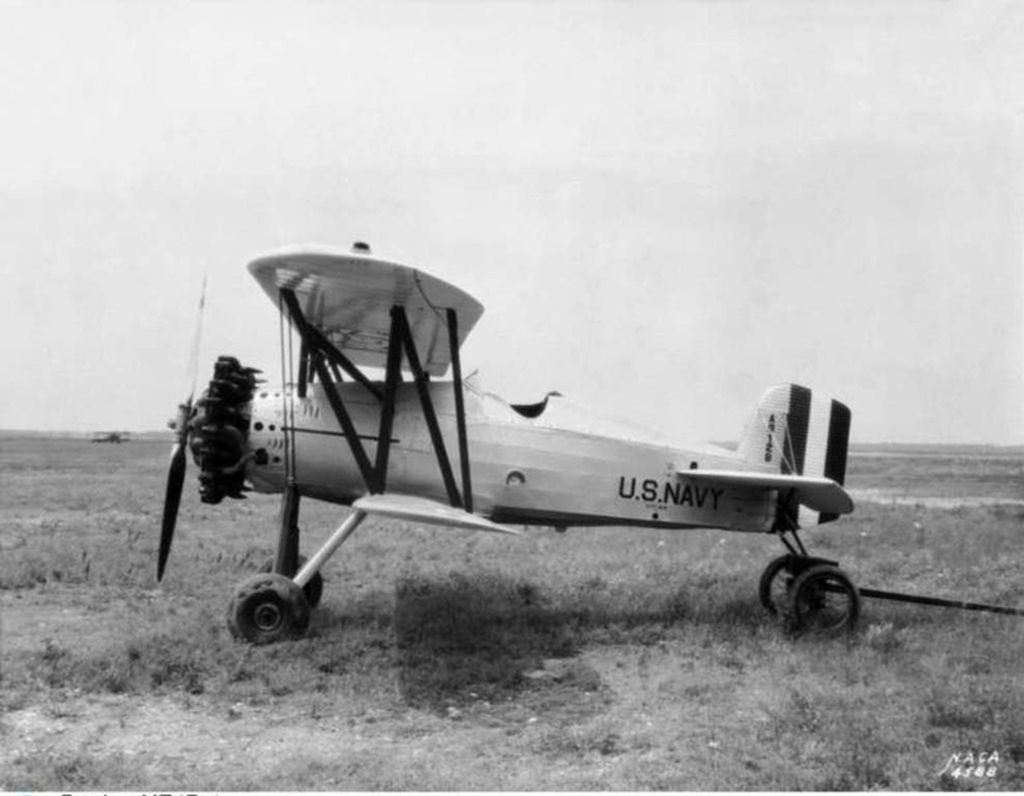
Below XF4B-1 model 83


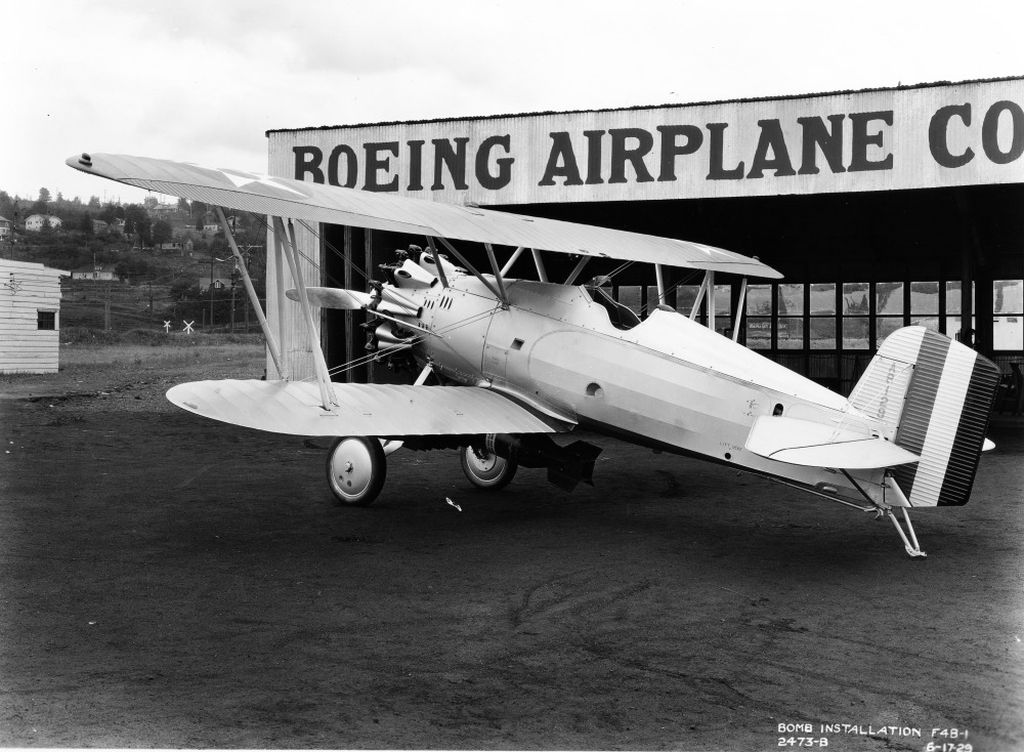
Below cockpit/construction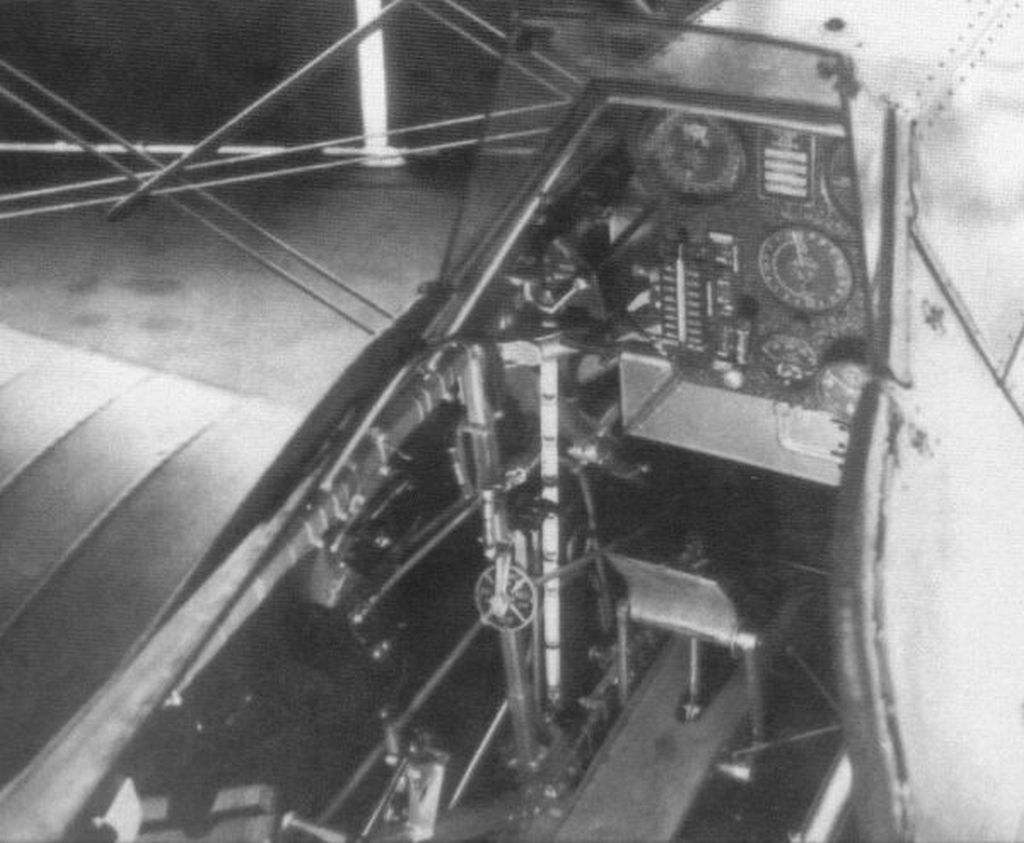
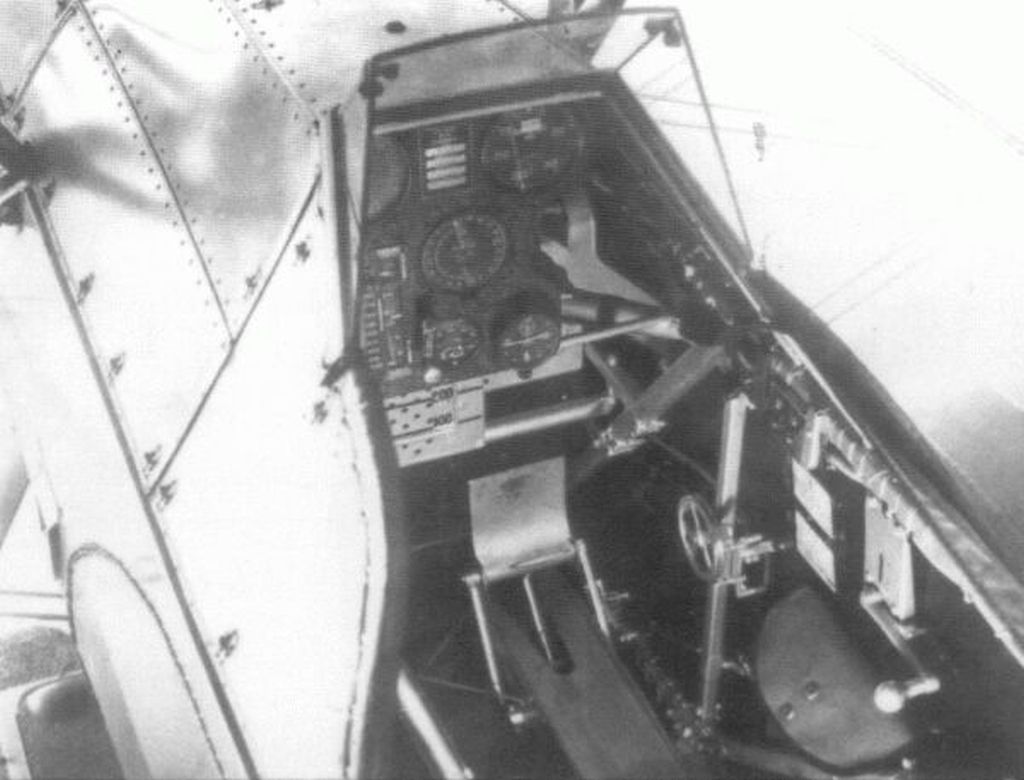
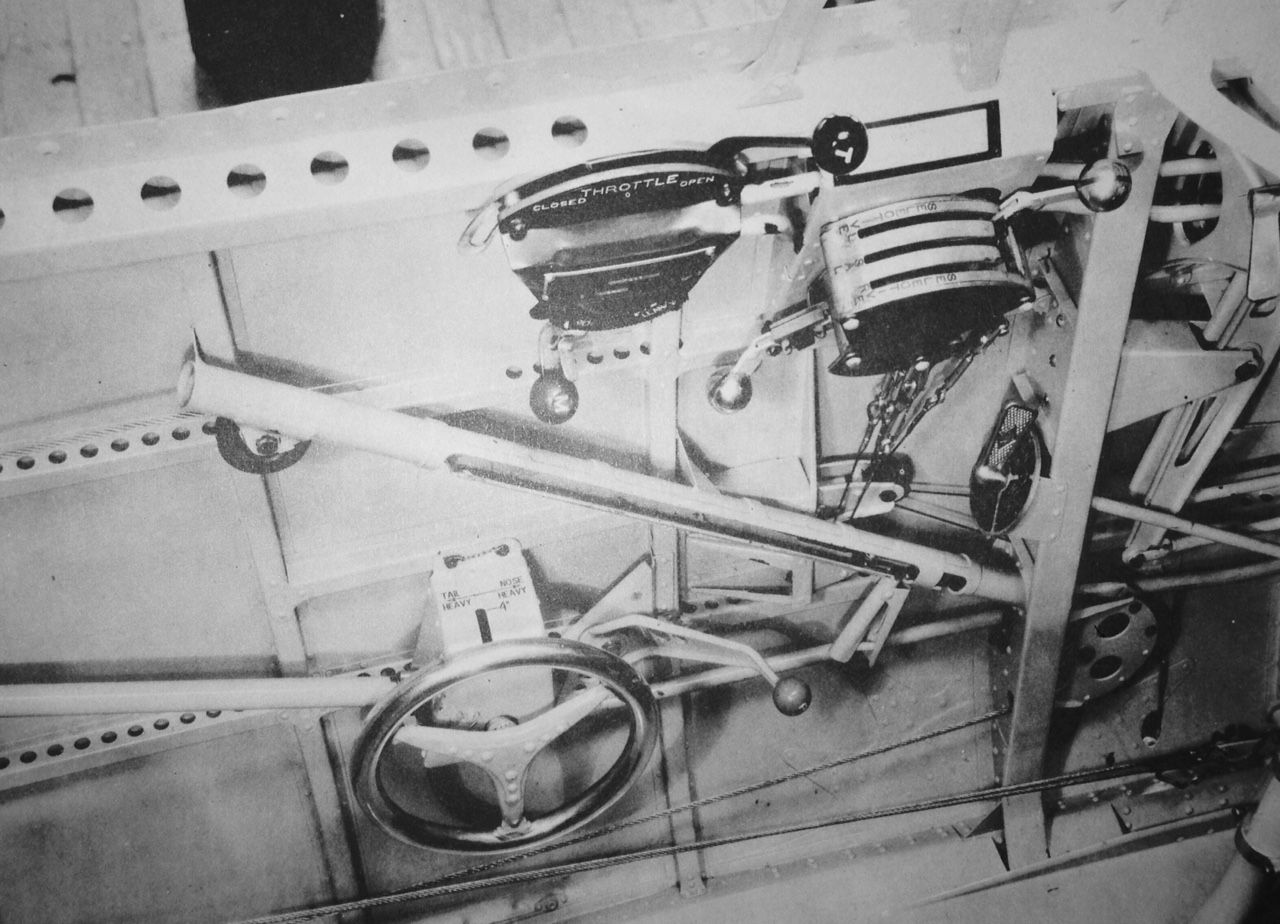
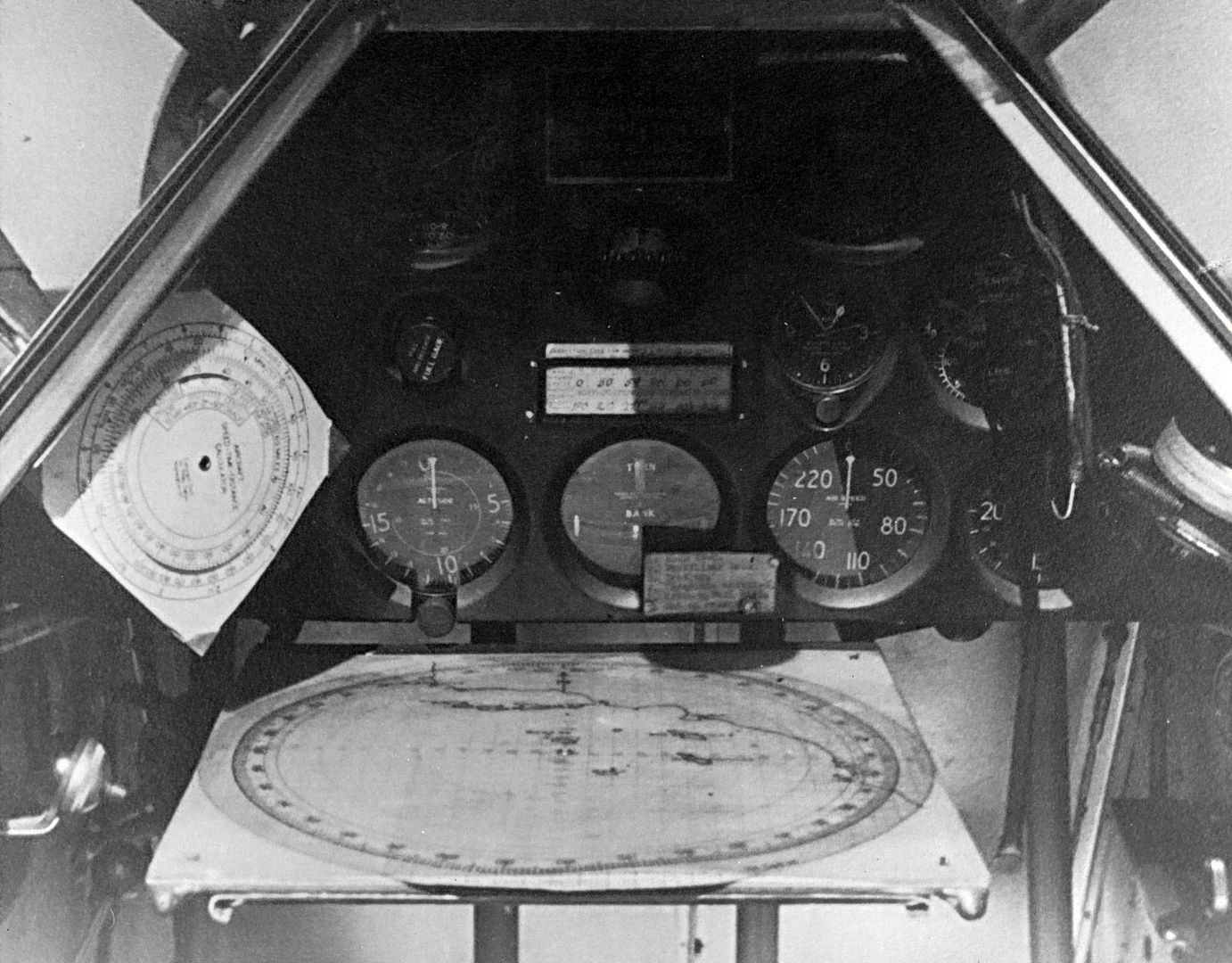
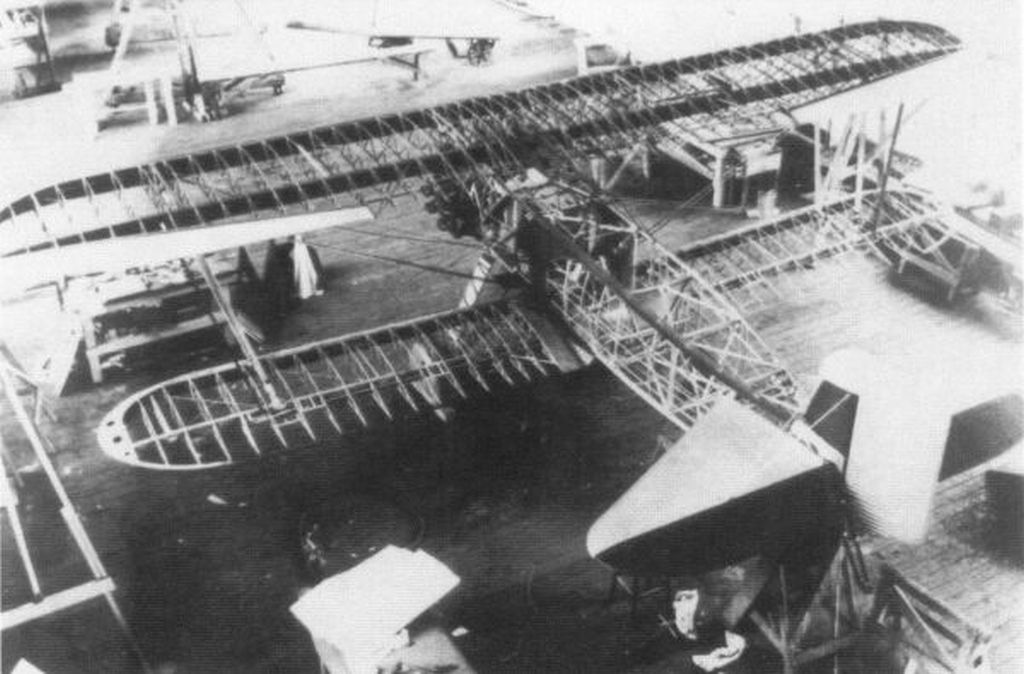
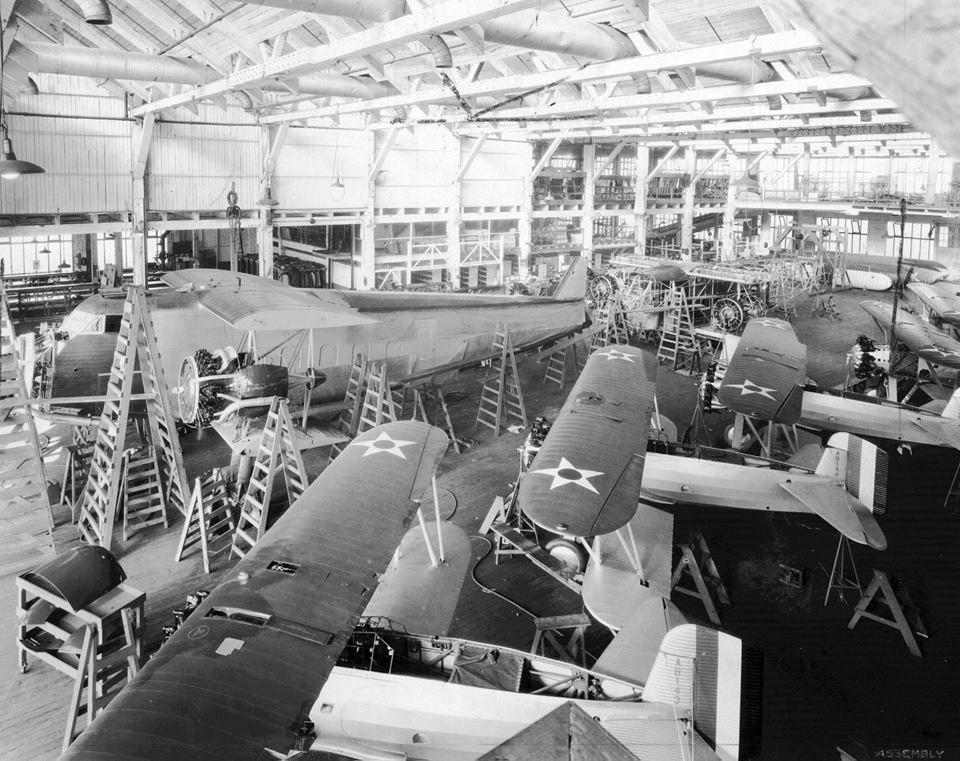
Below F4B-4 Life Raft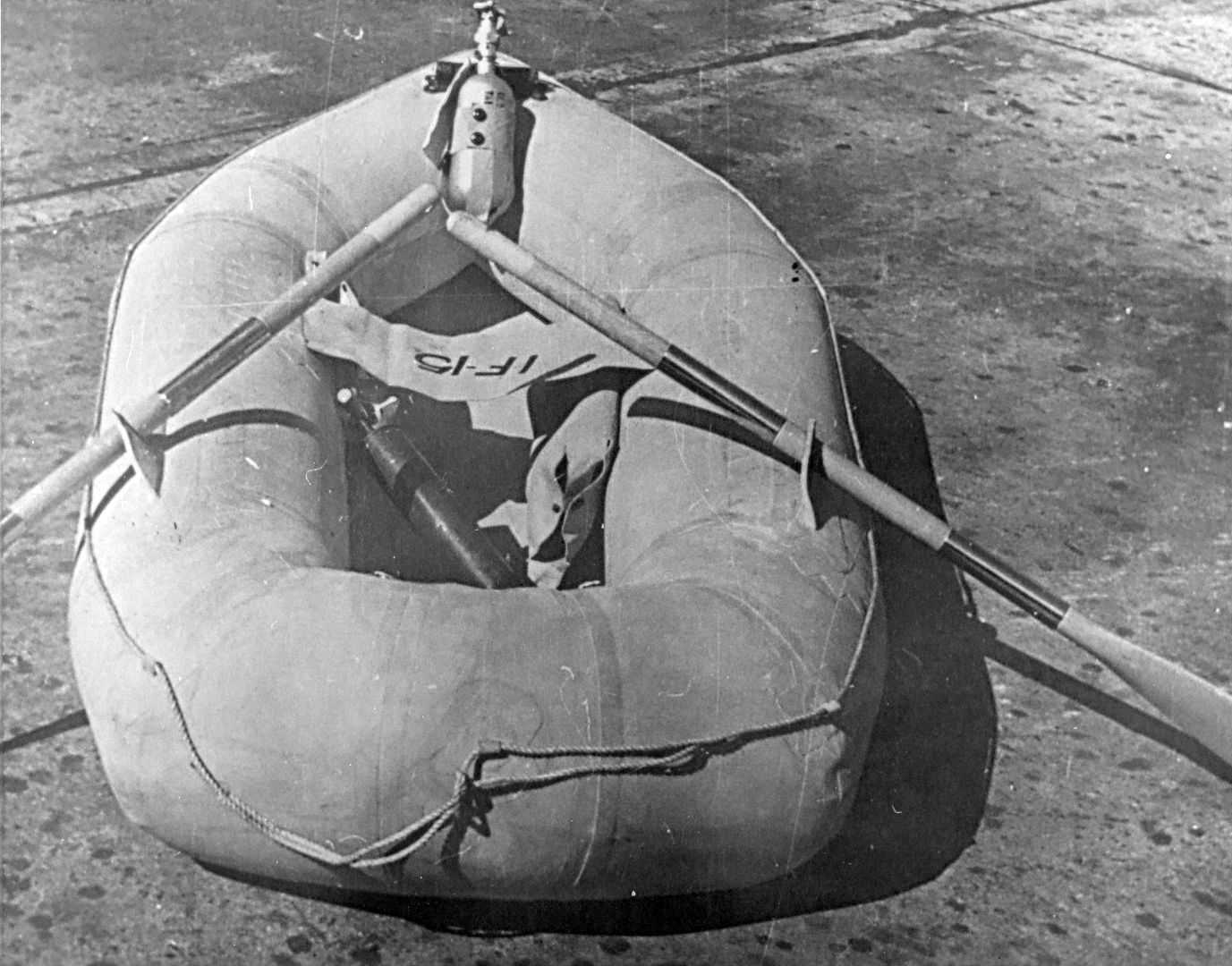
Below F4B tail gear close up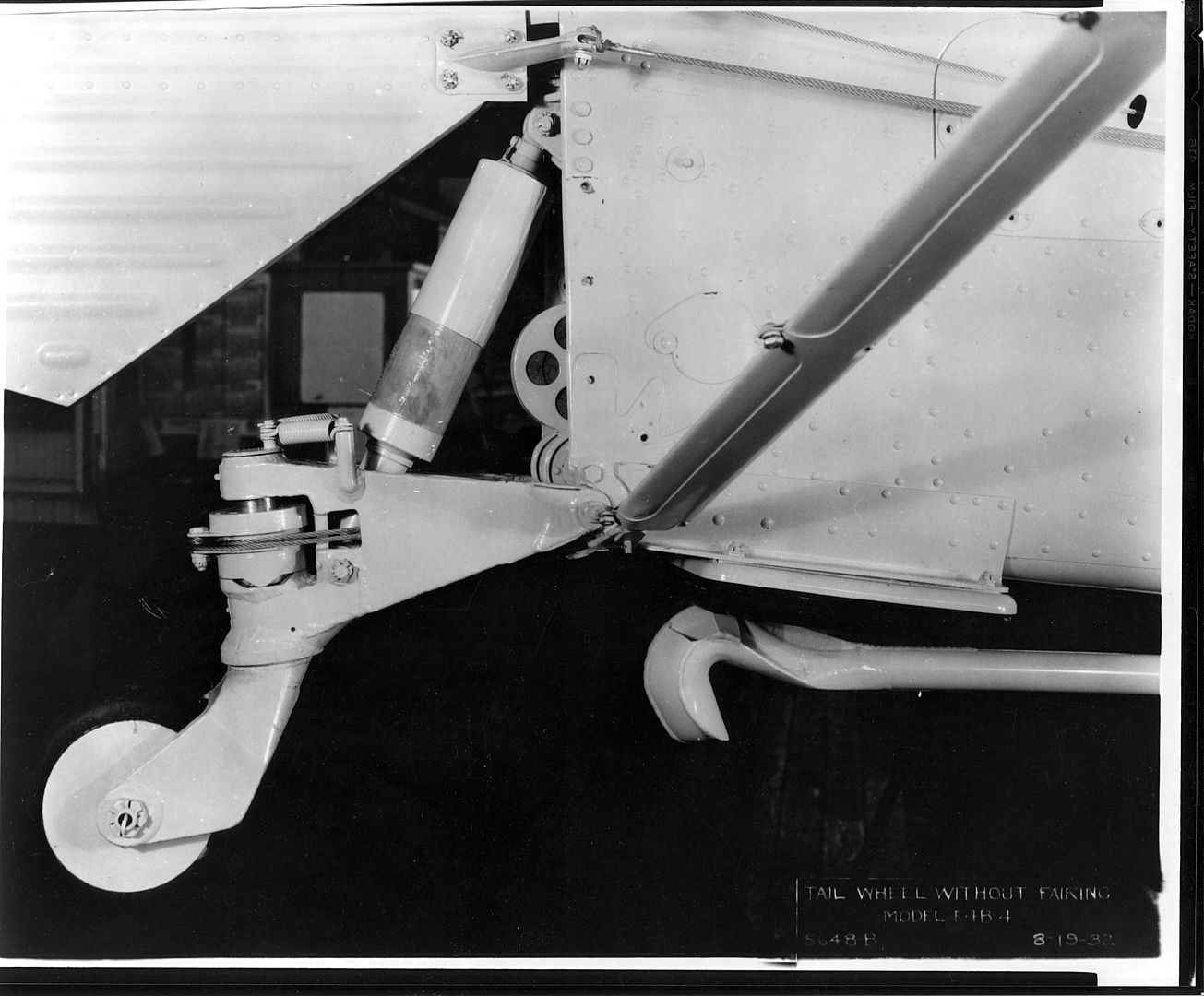
Below P-12
Capt. Ira Eaker's P-12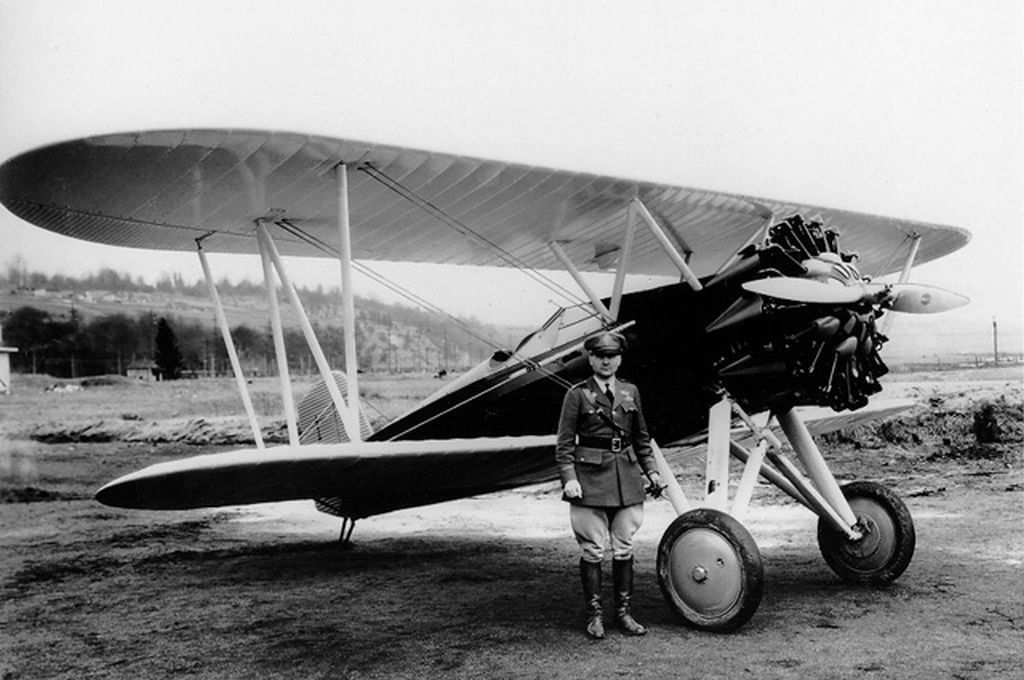
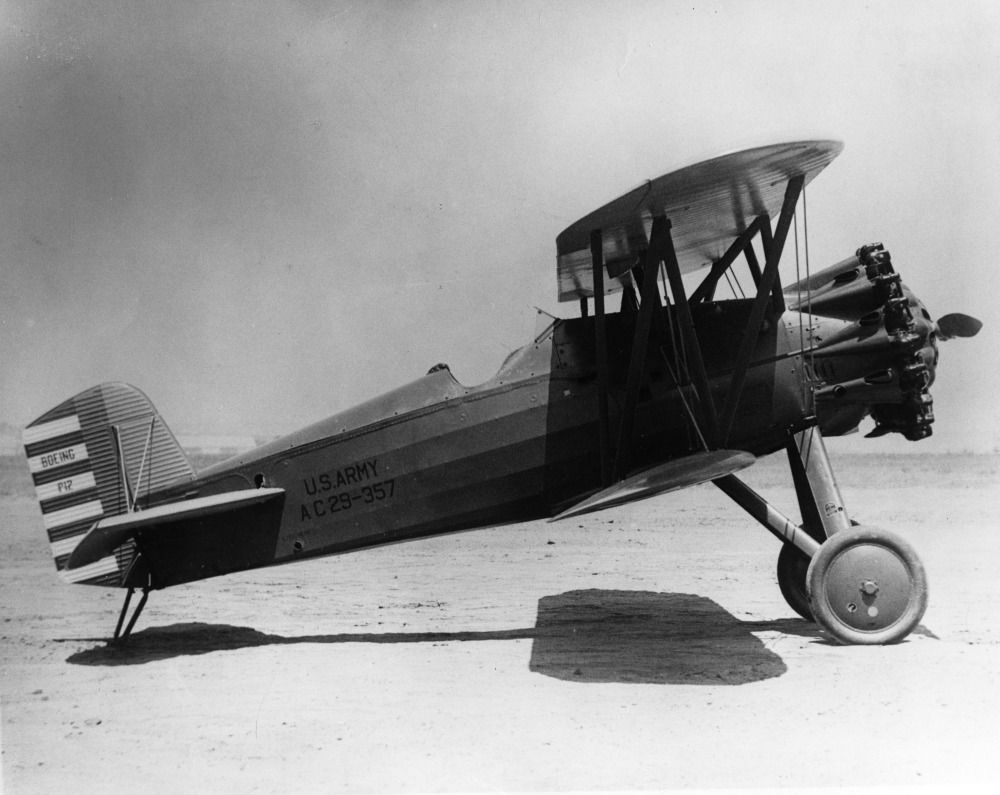
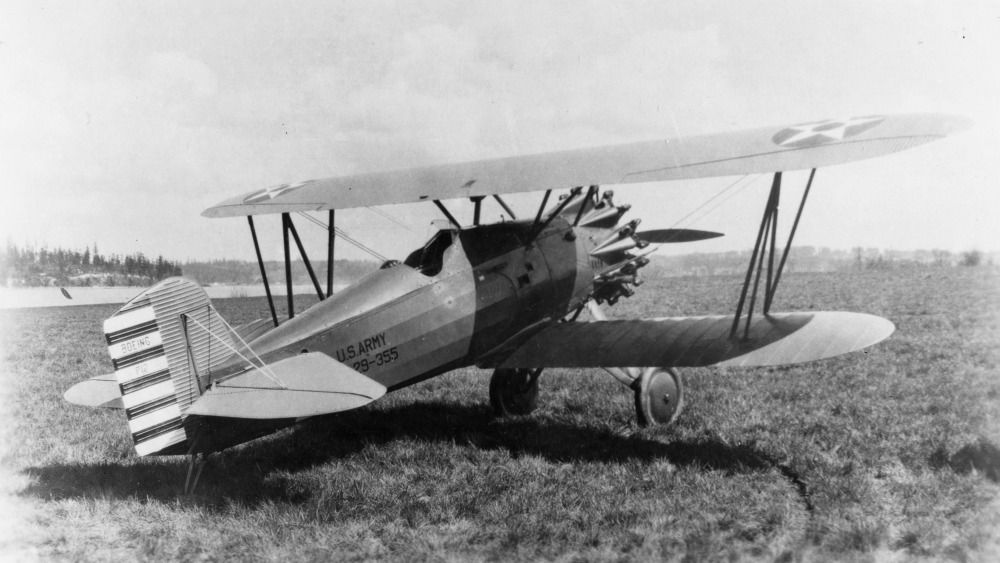
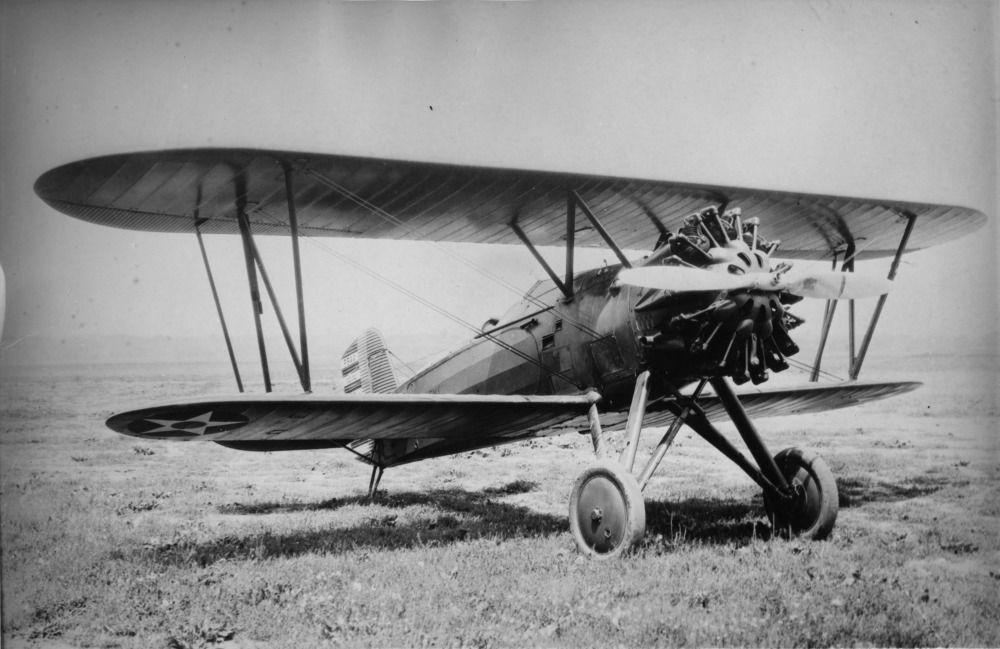
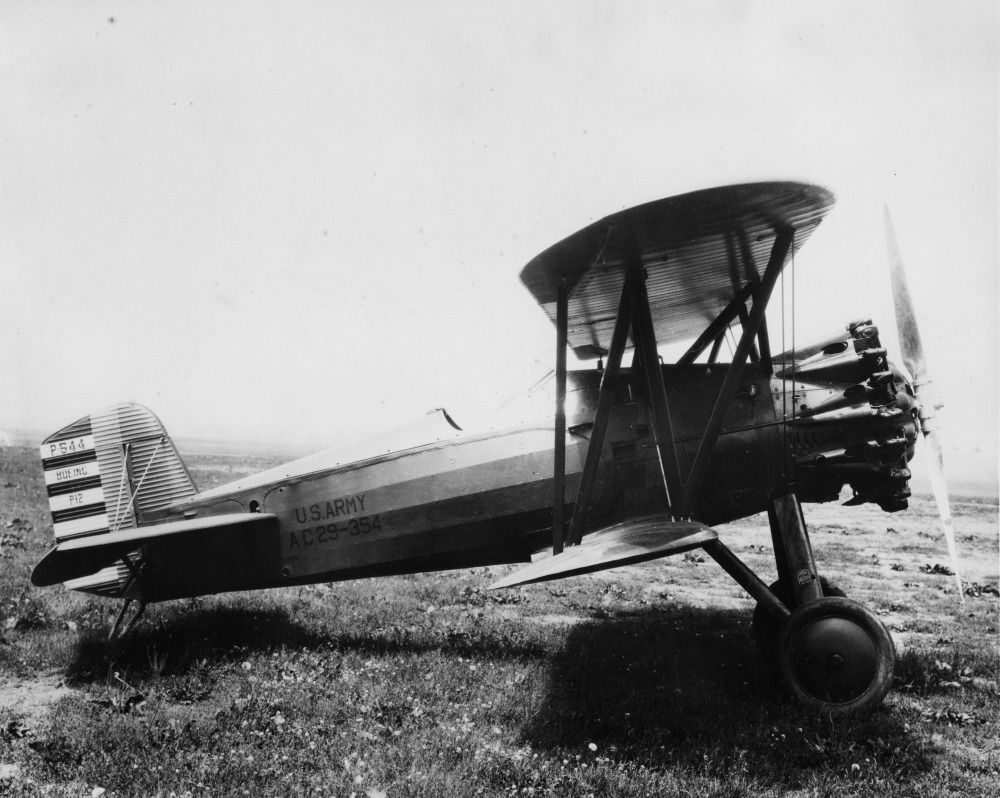
Below Boeing XP-12A 10th built P-12 with NACA cowl a 525 hp R-1340-9 engine and shorter undercarriage, one built.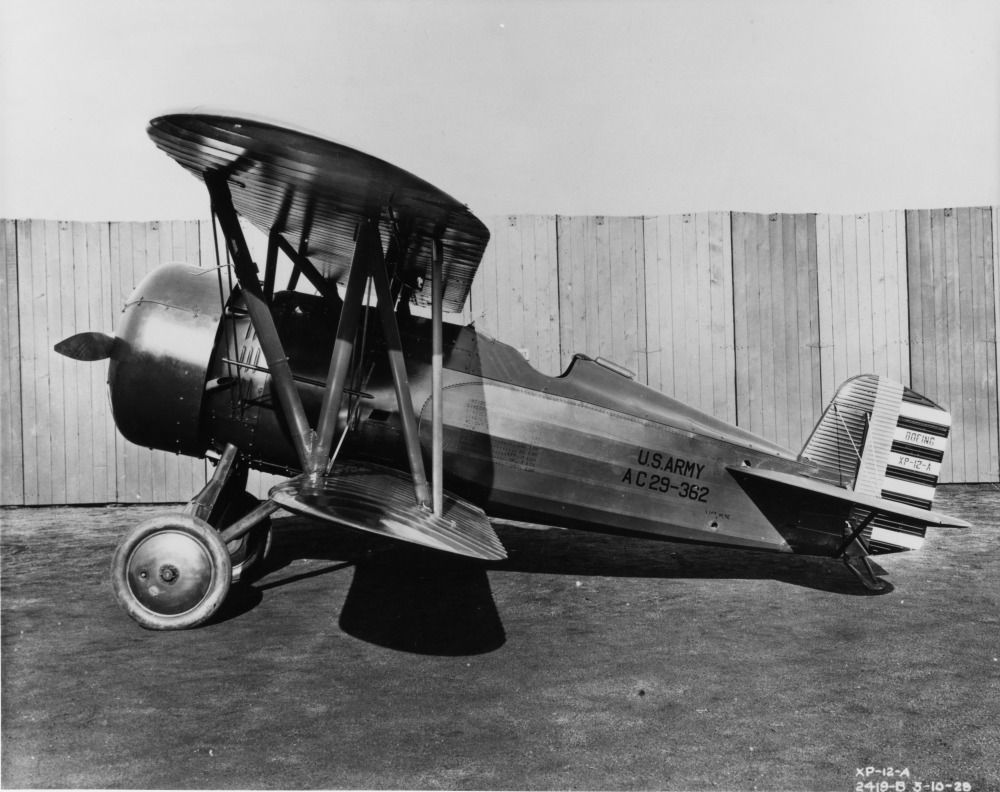
Below Boeing XP-12G P-12B modified with a R-1340-15 engine with side-type supercharger, one converted.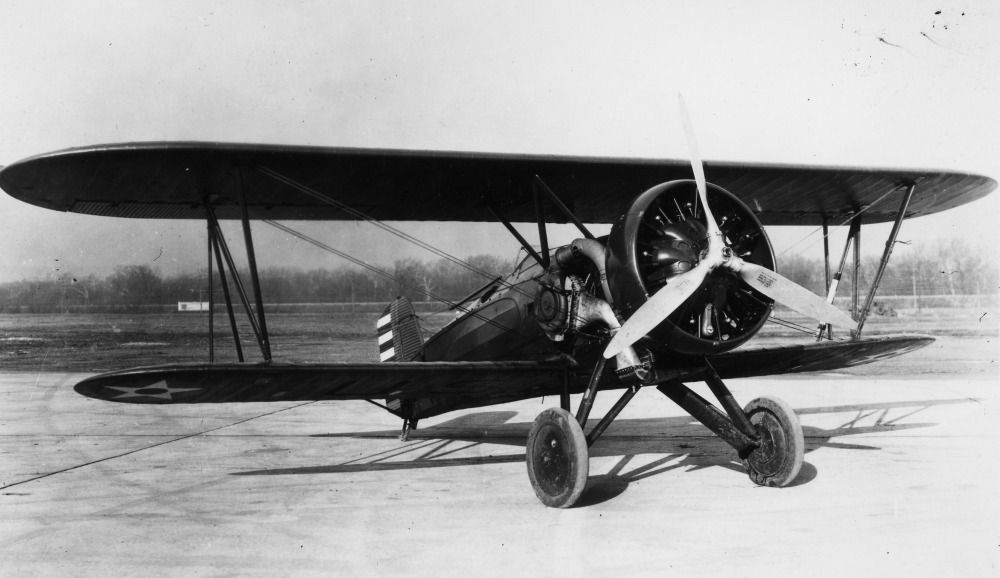
Below P-12B Model 102B, as P-12 with larger mainwheels and improvements tested on XP-12A, 90 built.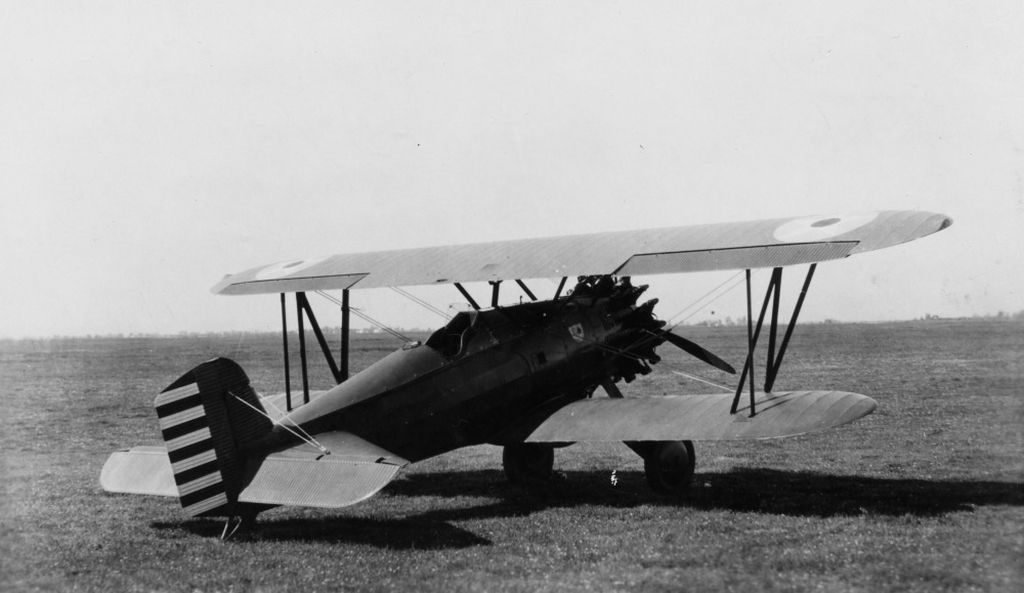
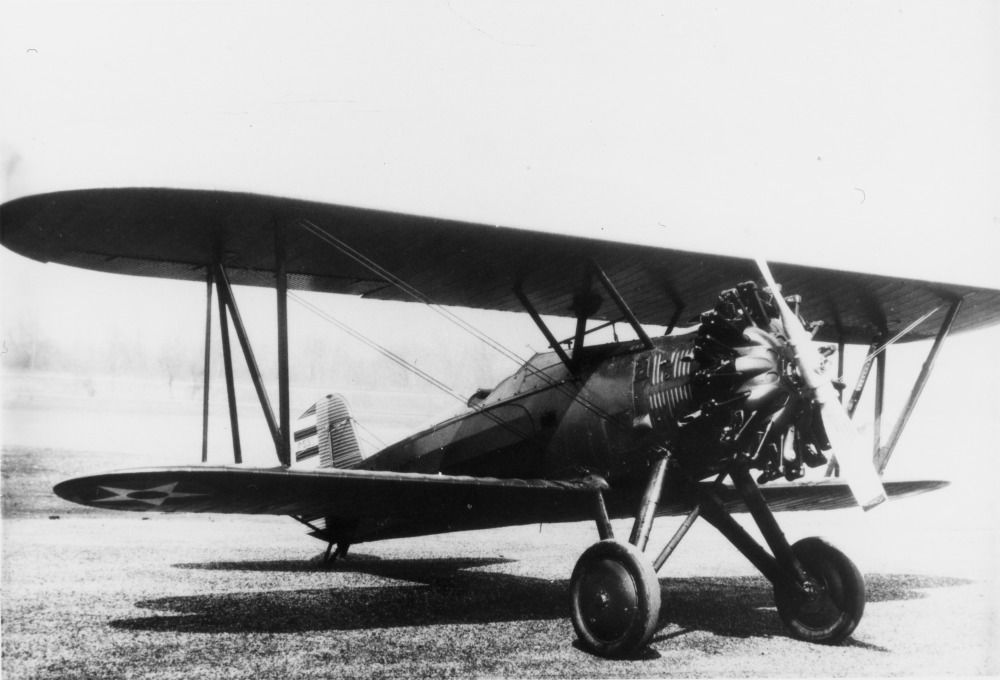
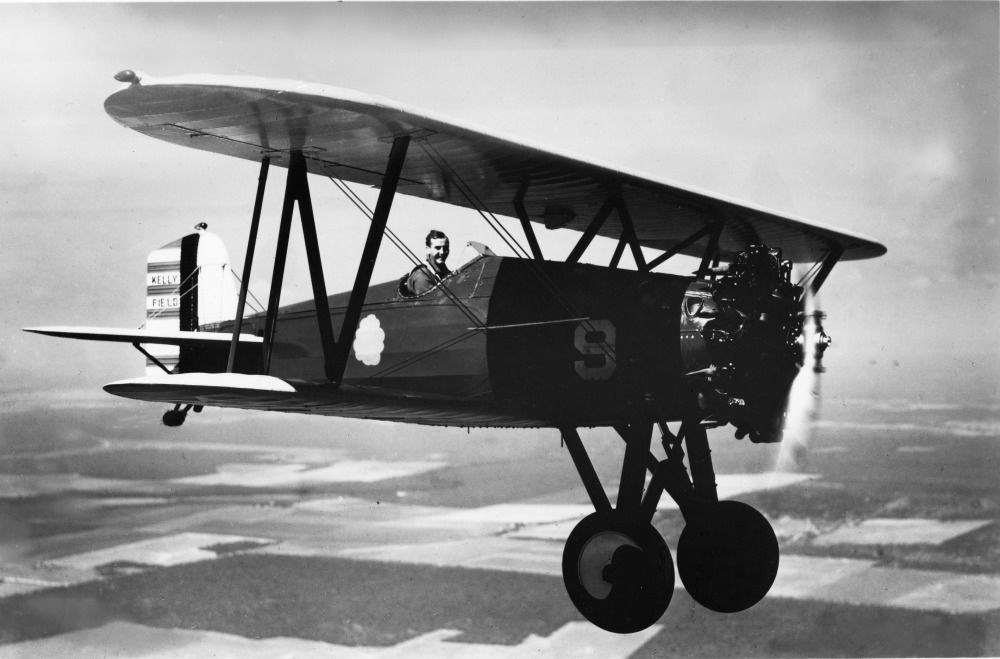
Below P-12C Model 222, as P-12B with ring cowl and spread-bar undercarriage, 96 built.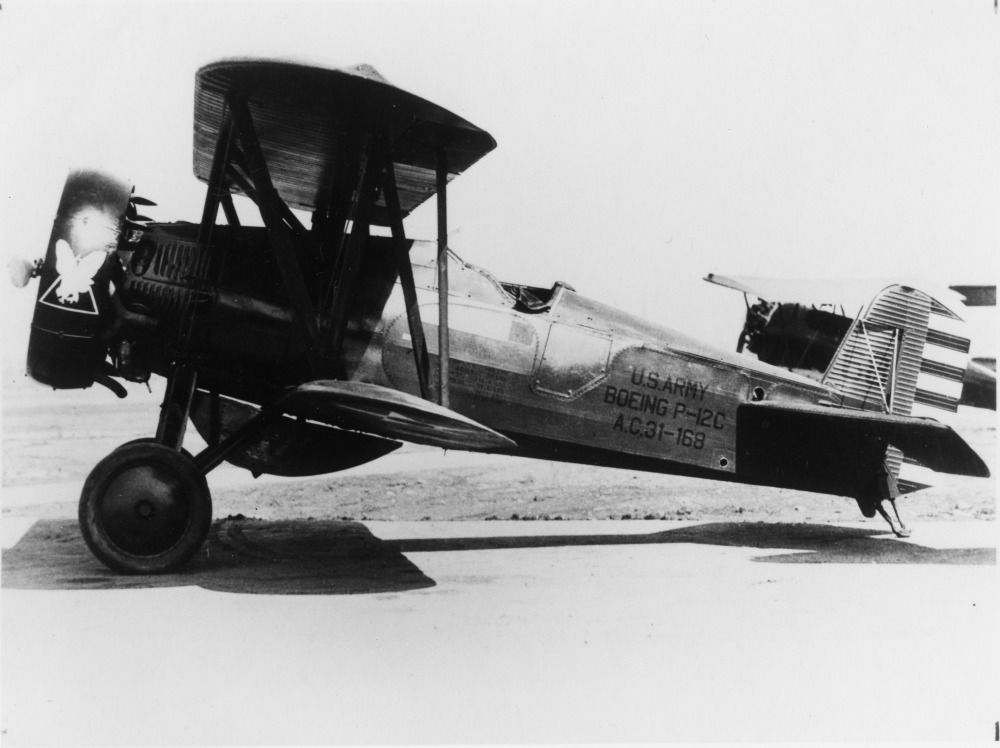
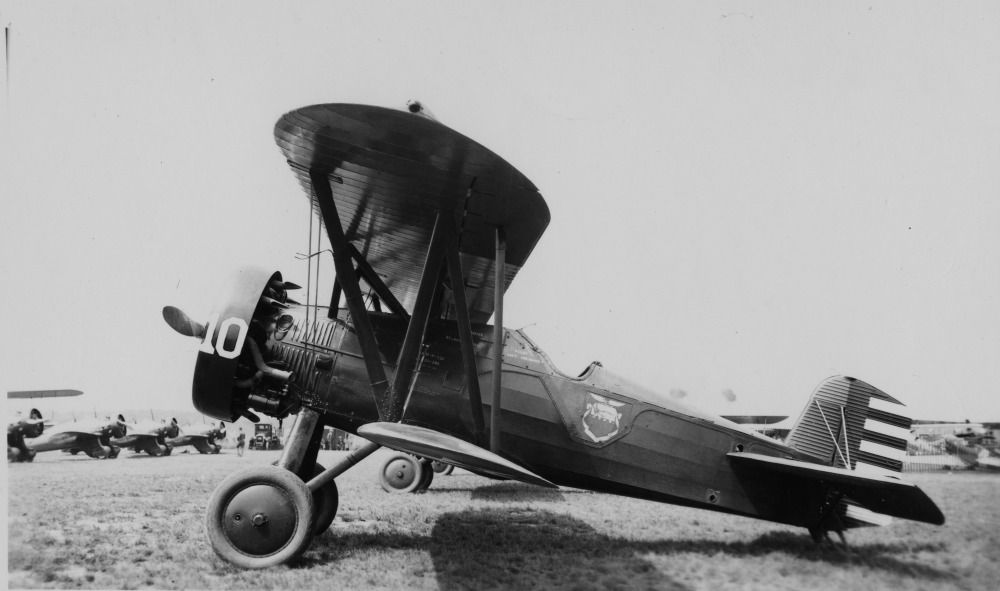
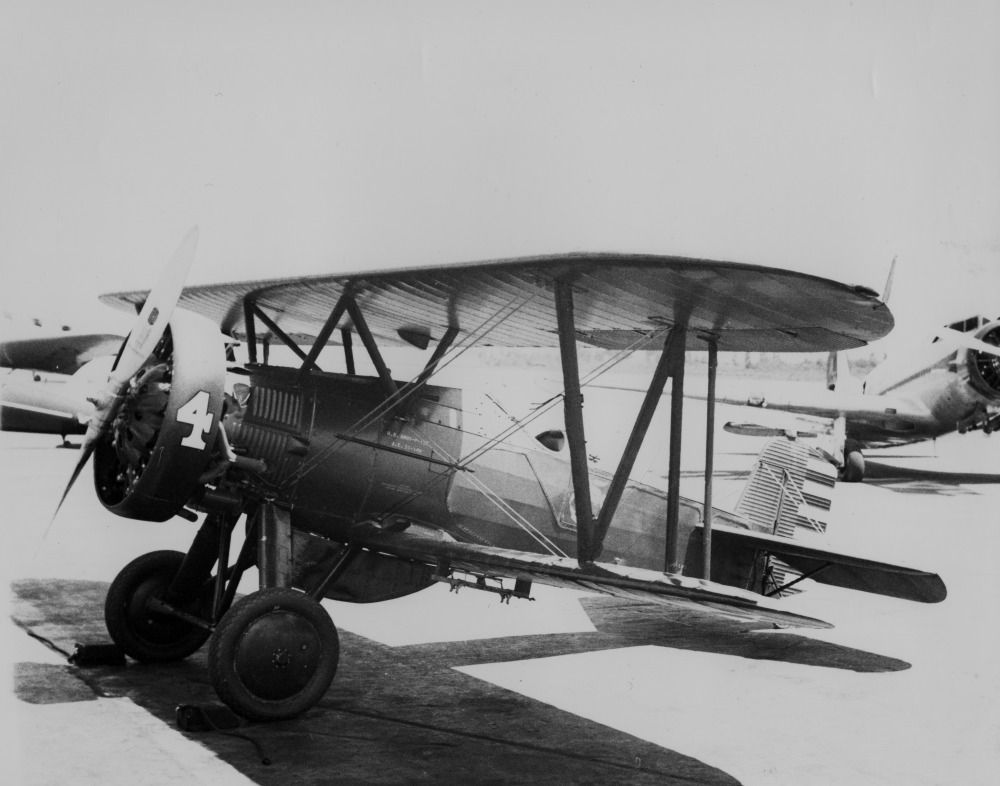
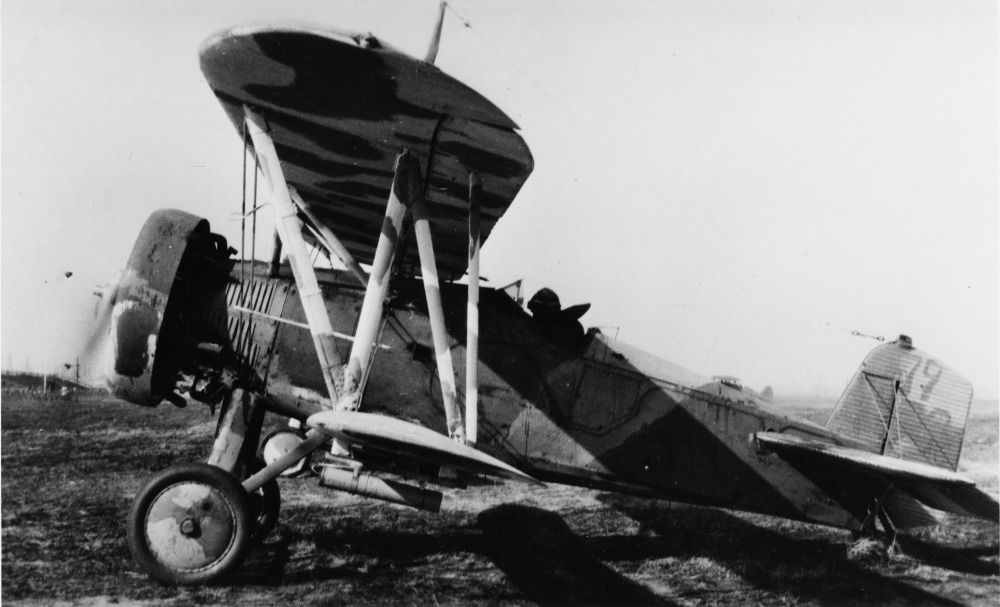
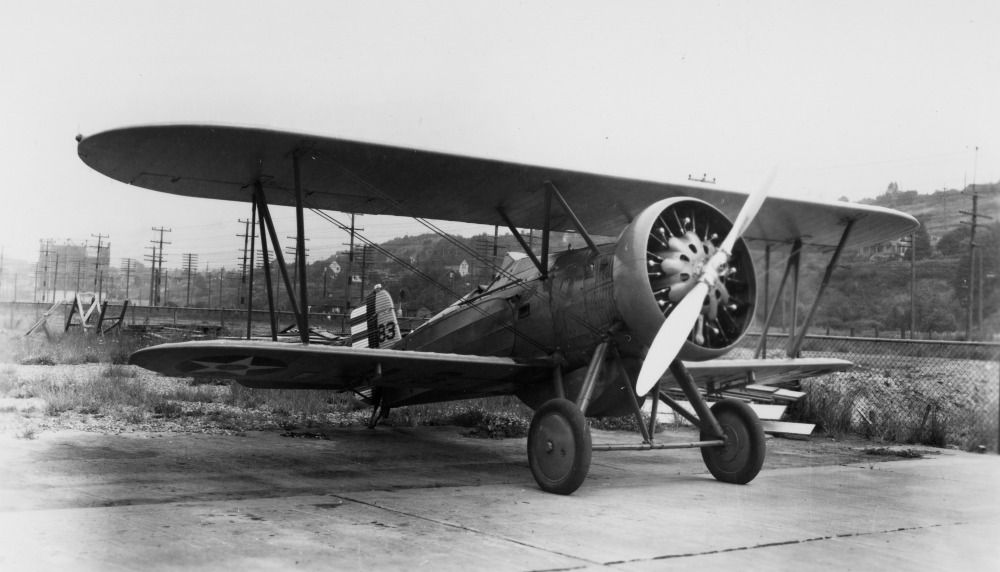
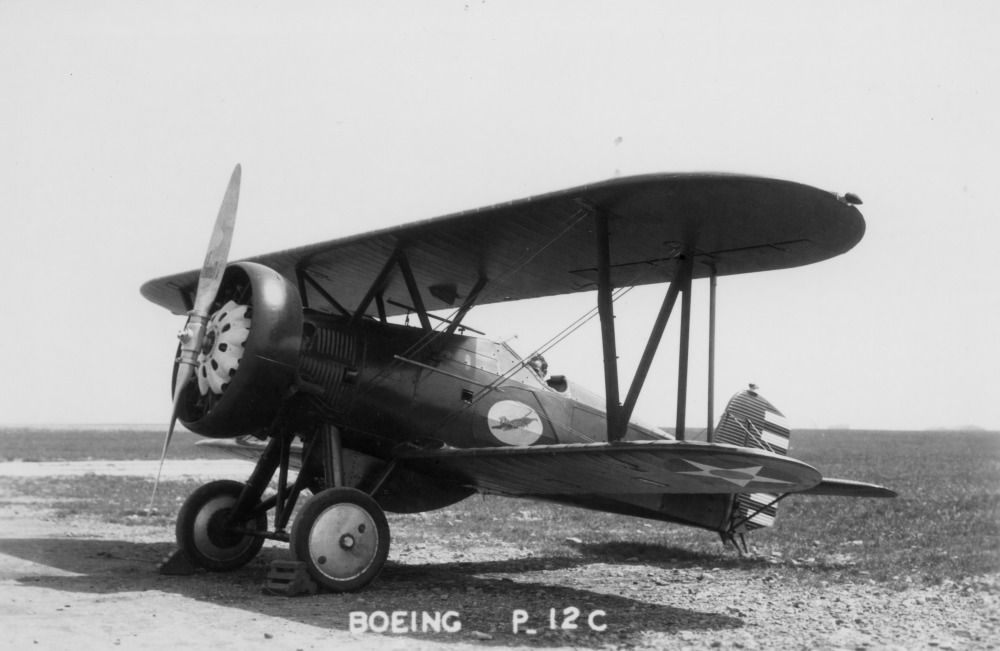
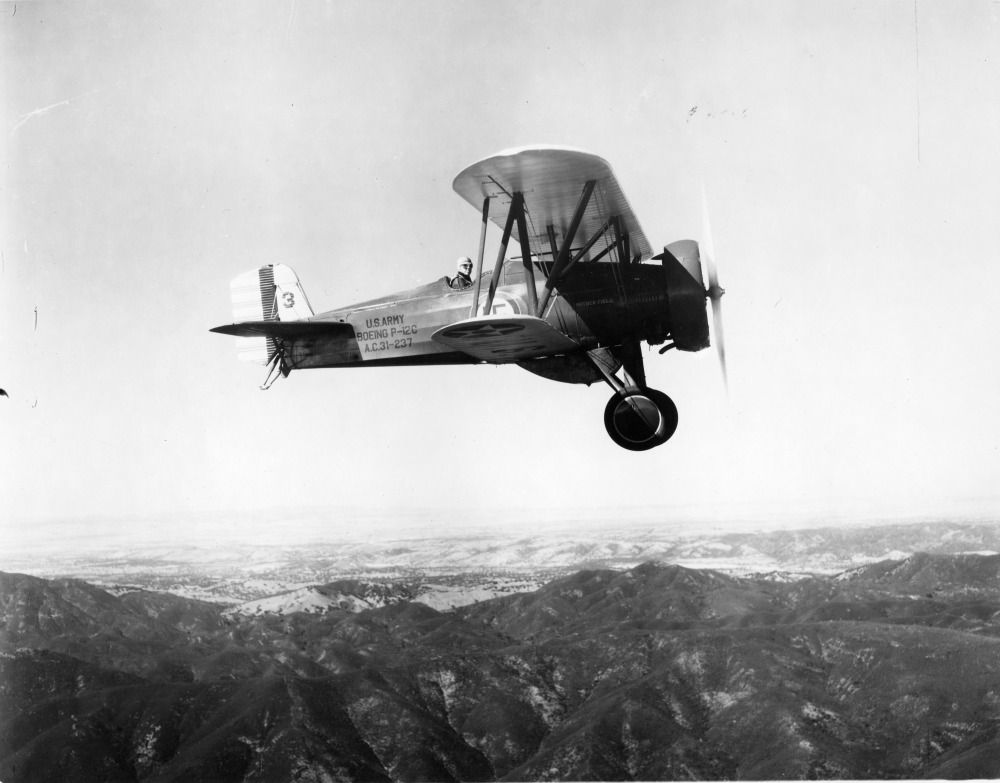
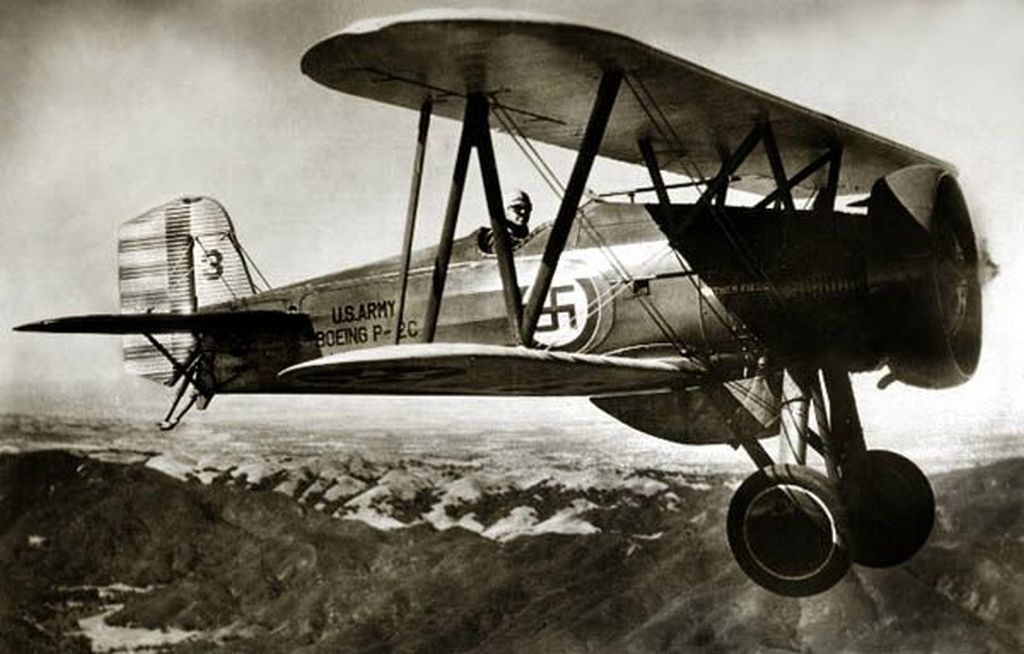
Below P-12D Model 234, as P-12C with a 525 hp R-1340-17 engine, 35 built.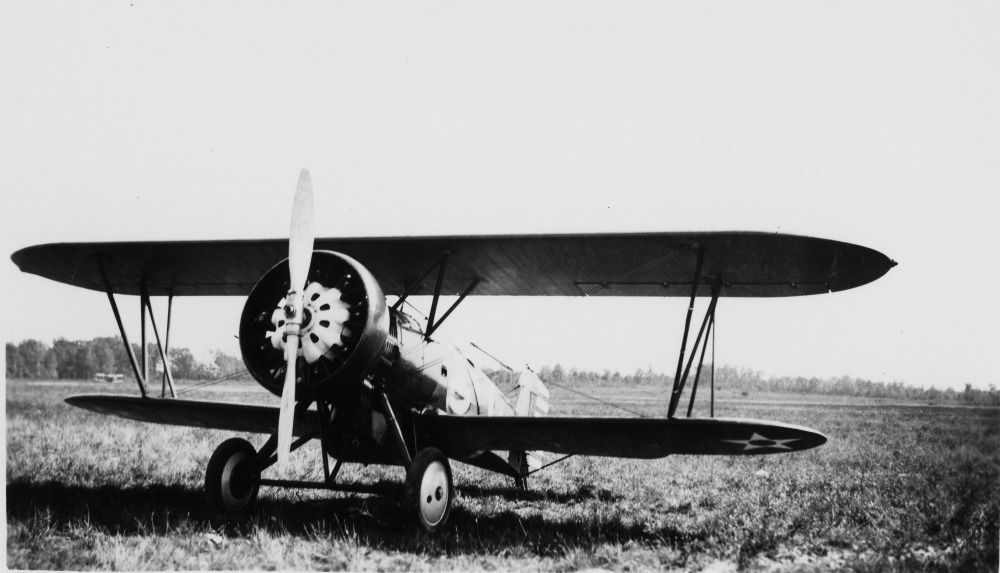
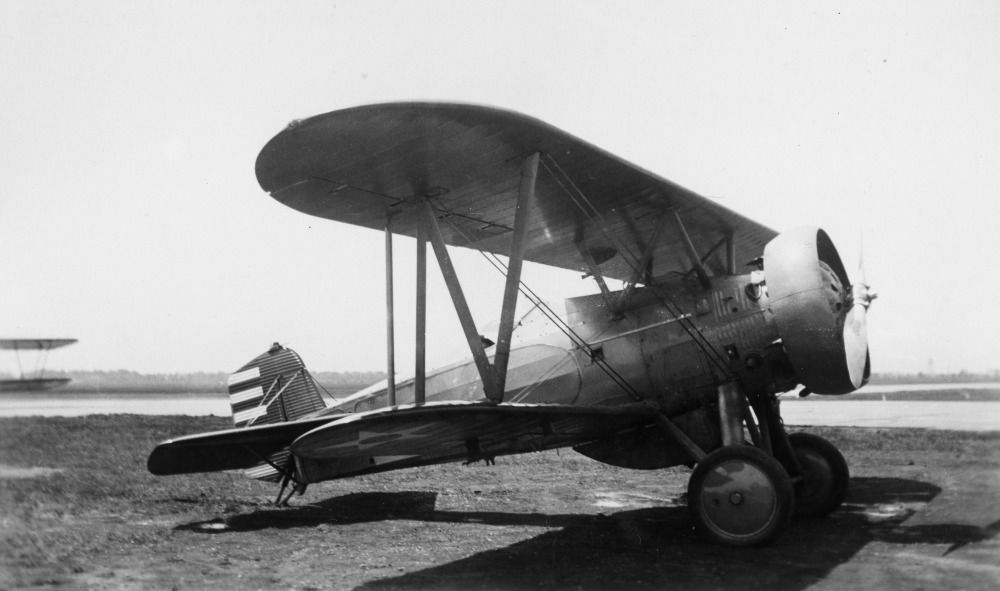
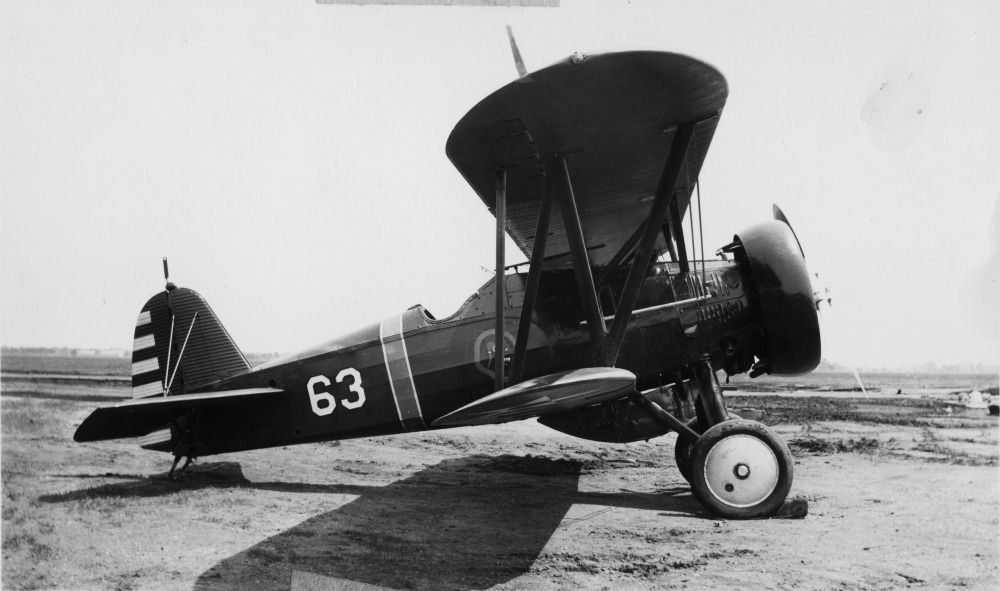


Below P-12E Model 234, as P-12D with semi-monocoque metal fuselage, redesigned vertical tail surfaces, some were later fitted with tailwheels instead of skids, 110 built.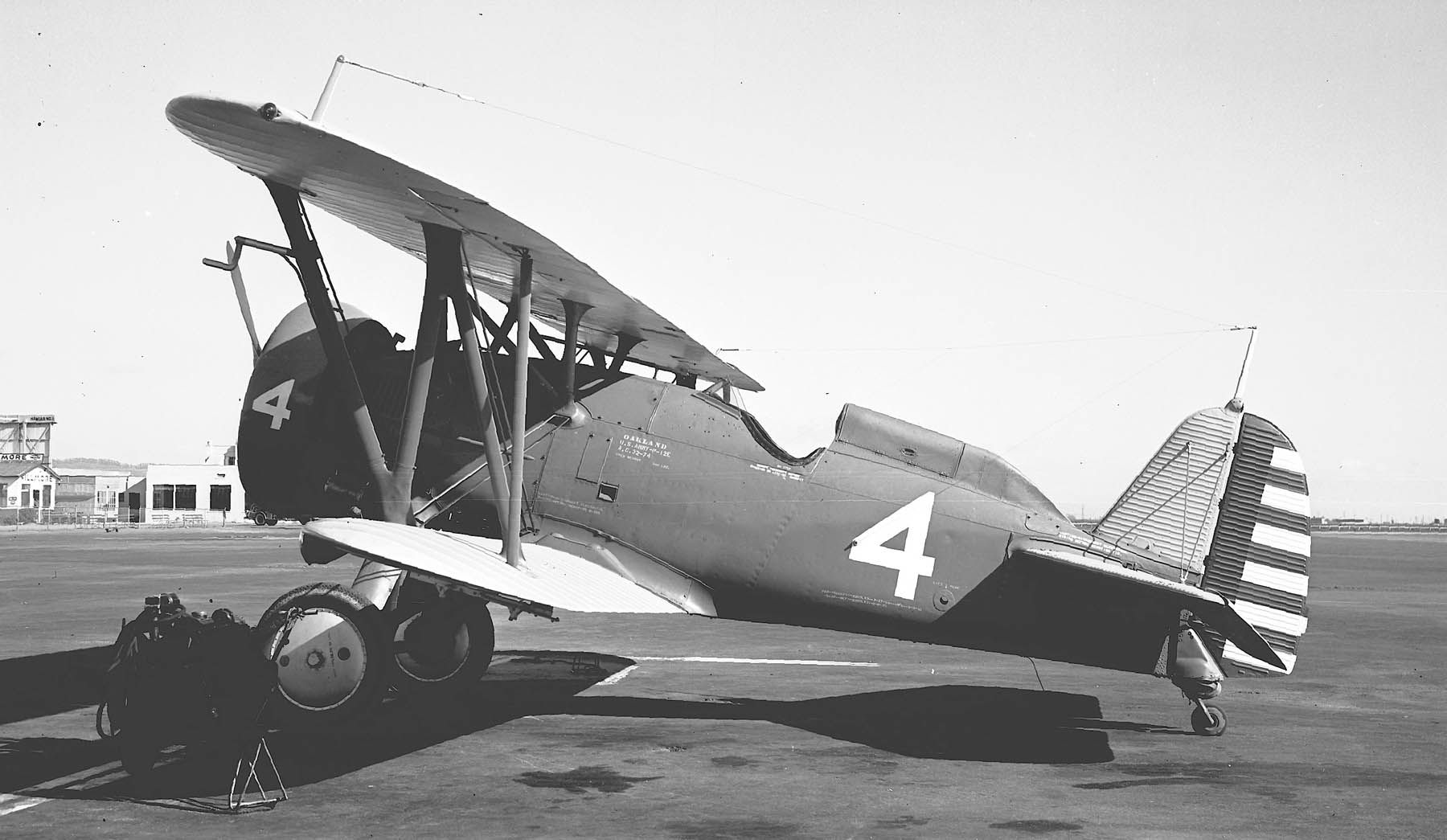

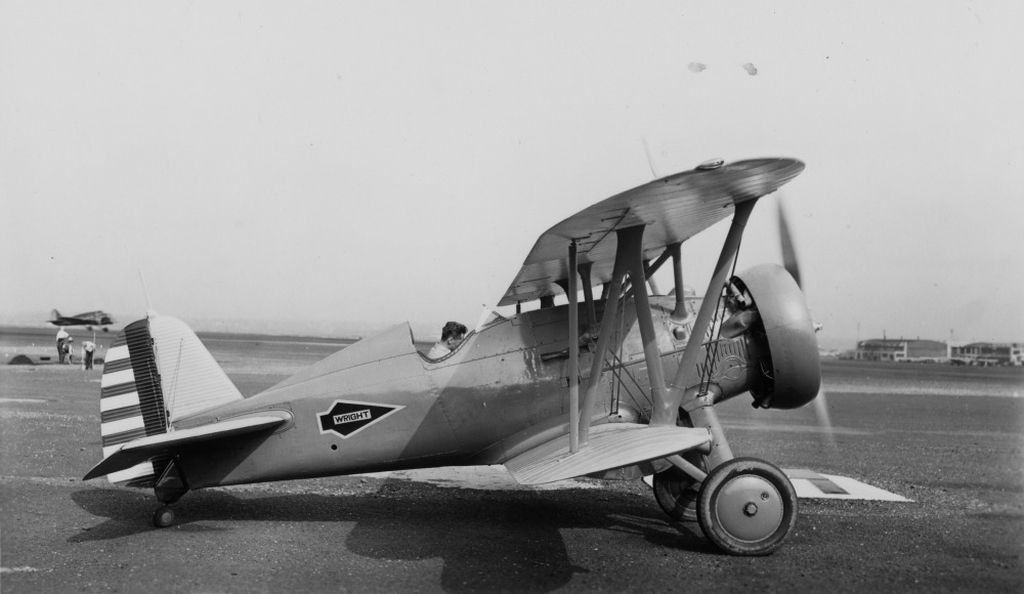
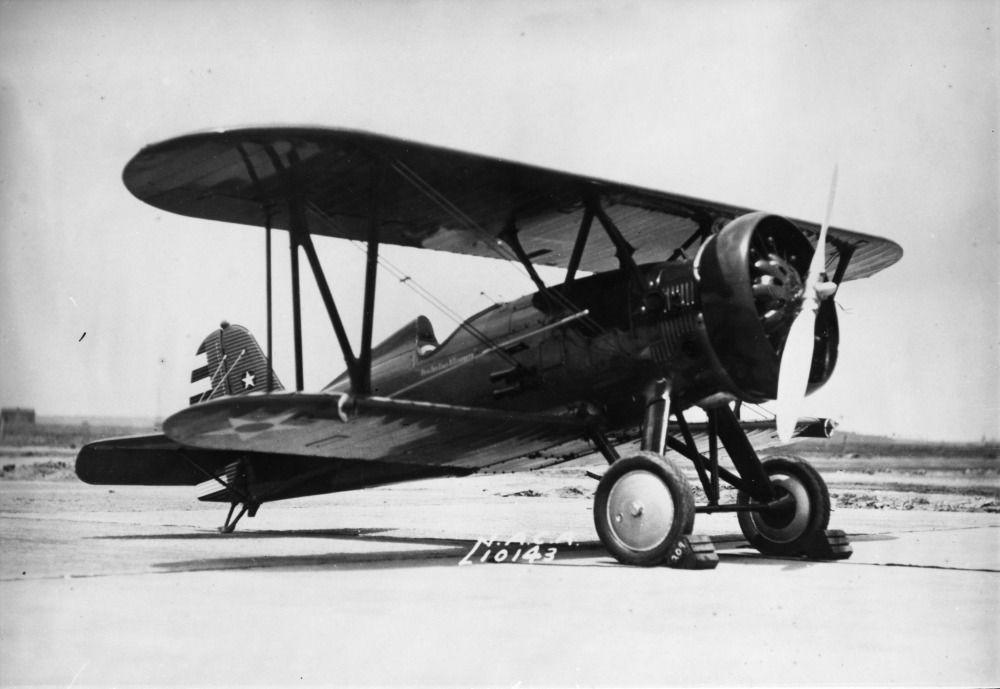
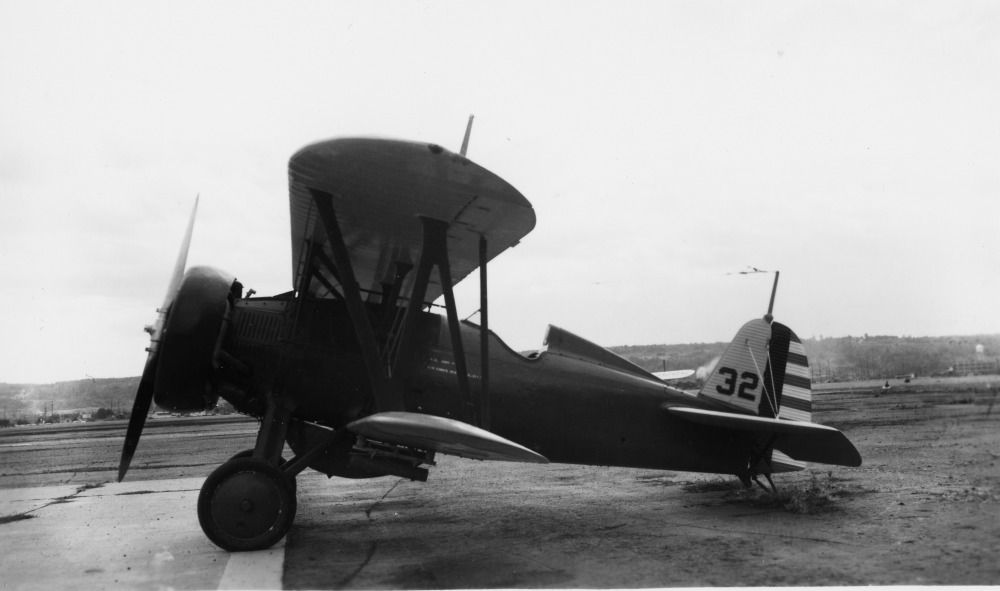
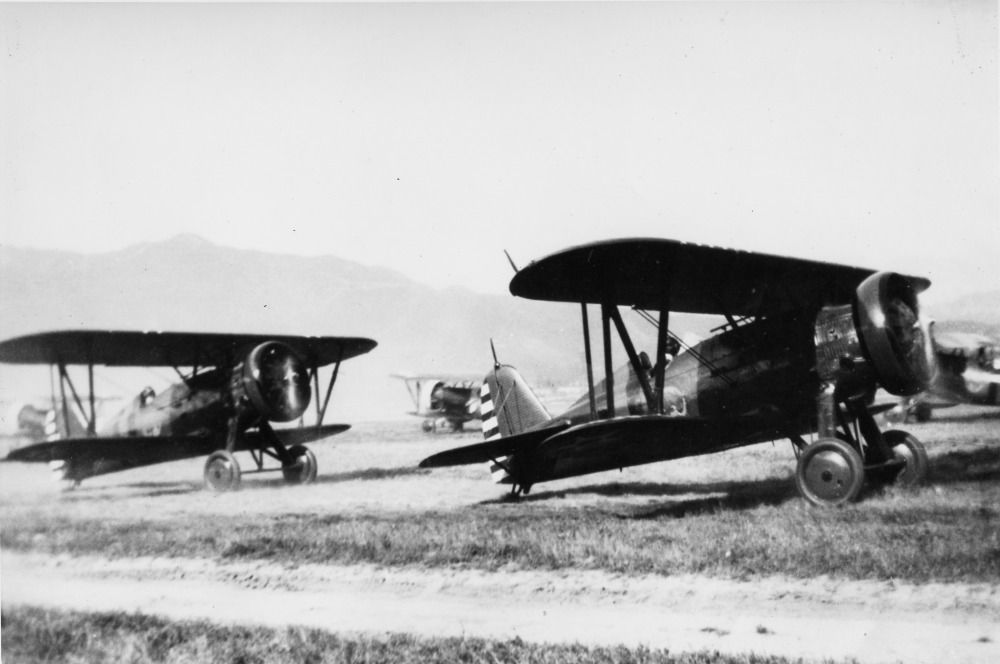


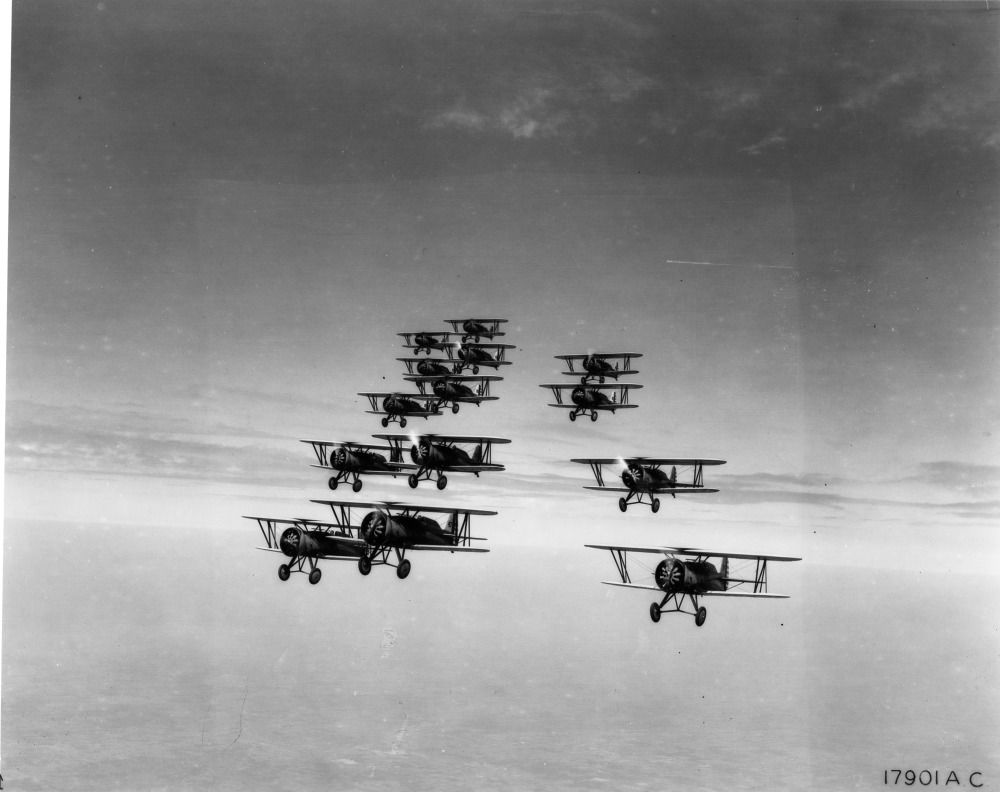
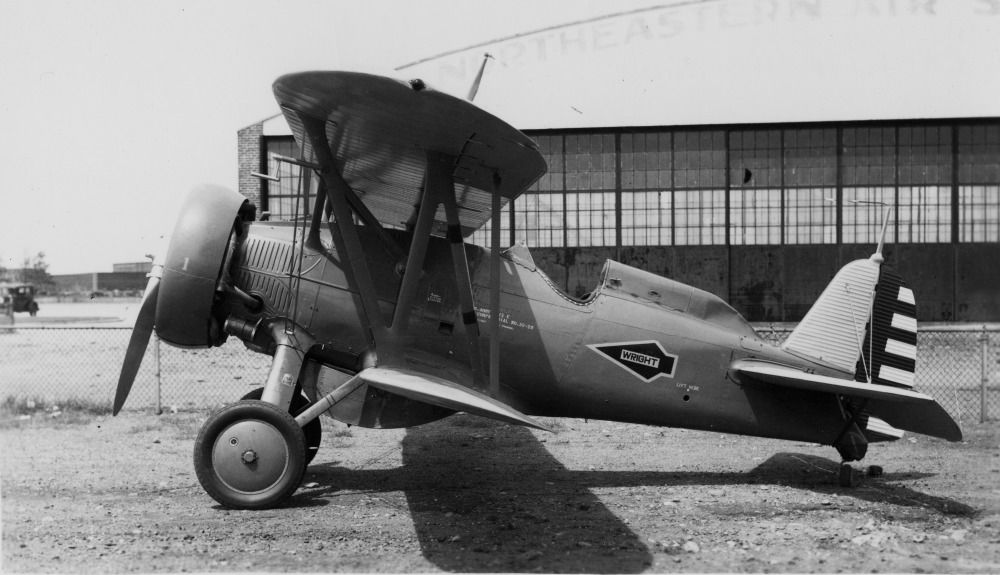

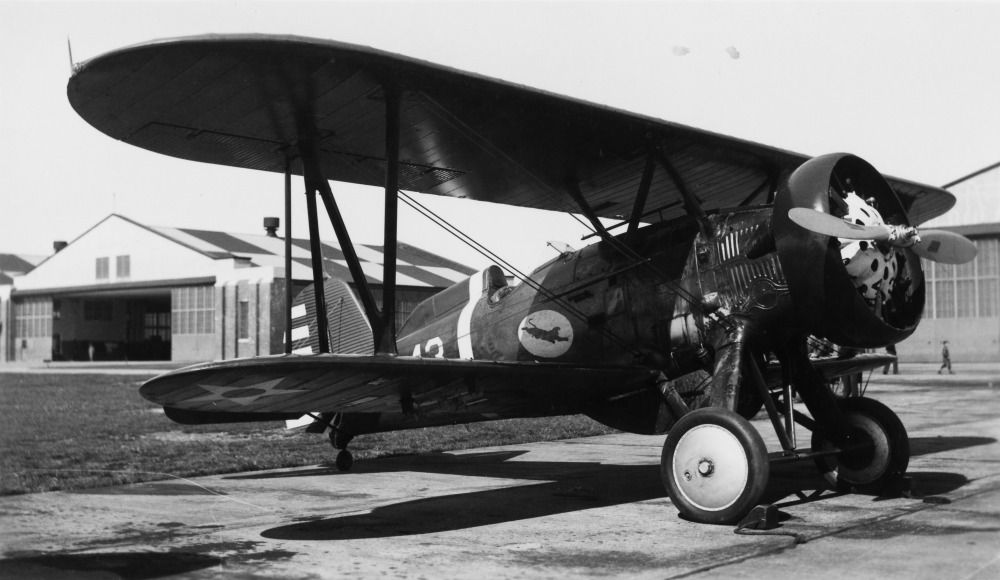

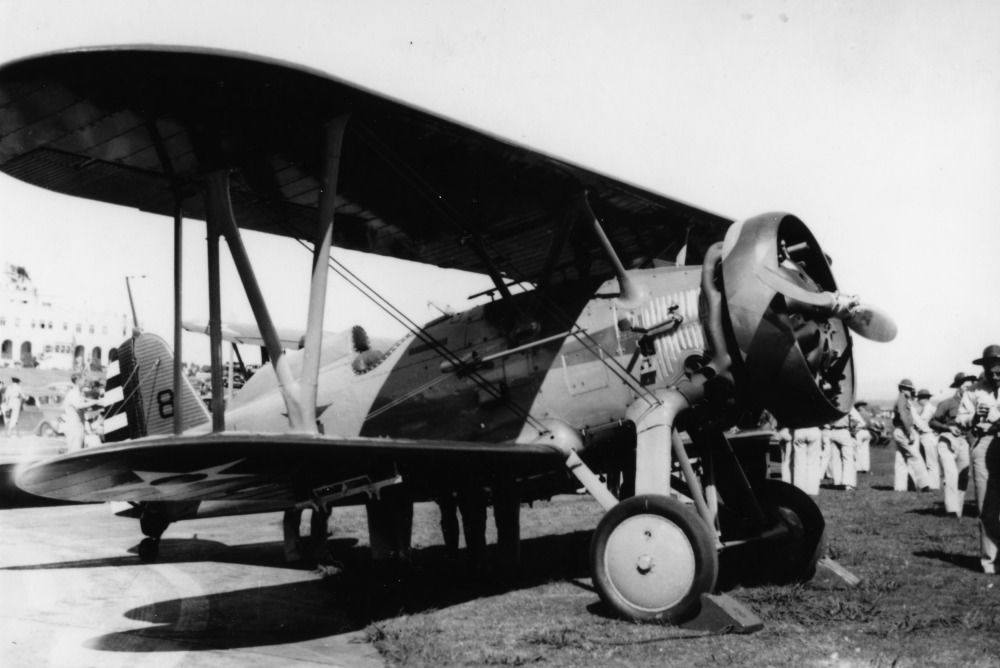
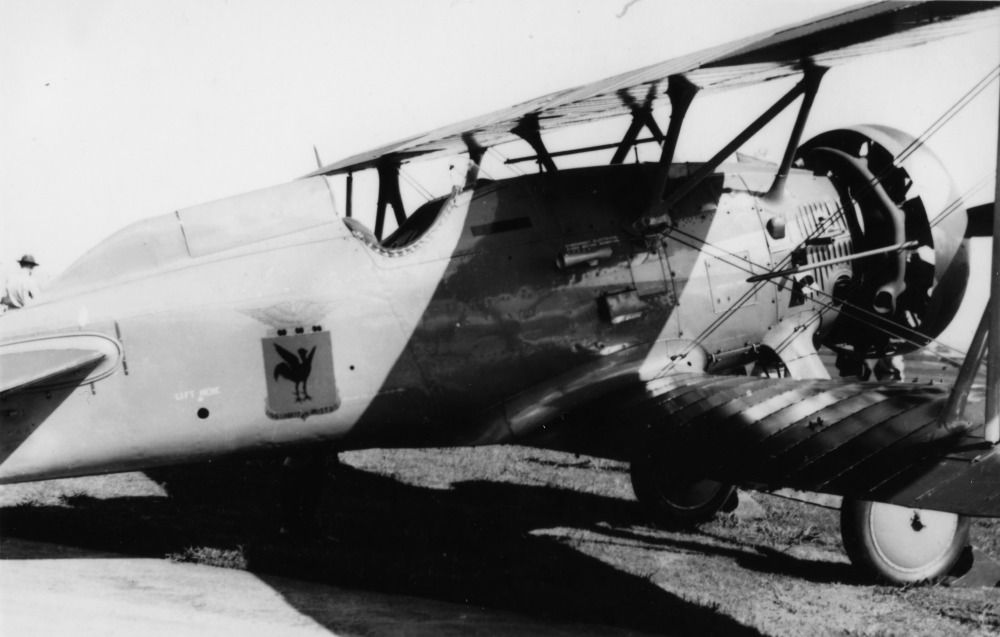
Below P-12F Model 251, as P-12E with a 600 hp R-1340-19 engine, 25 built.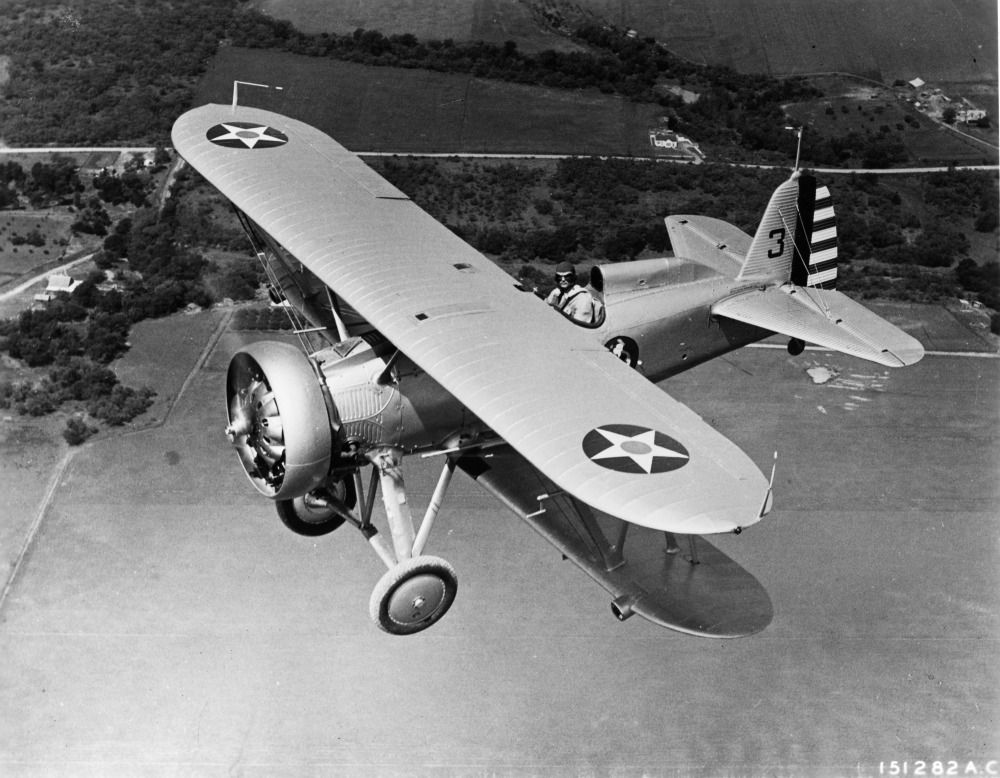
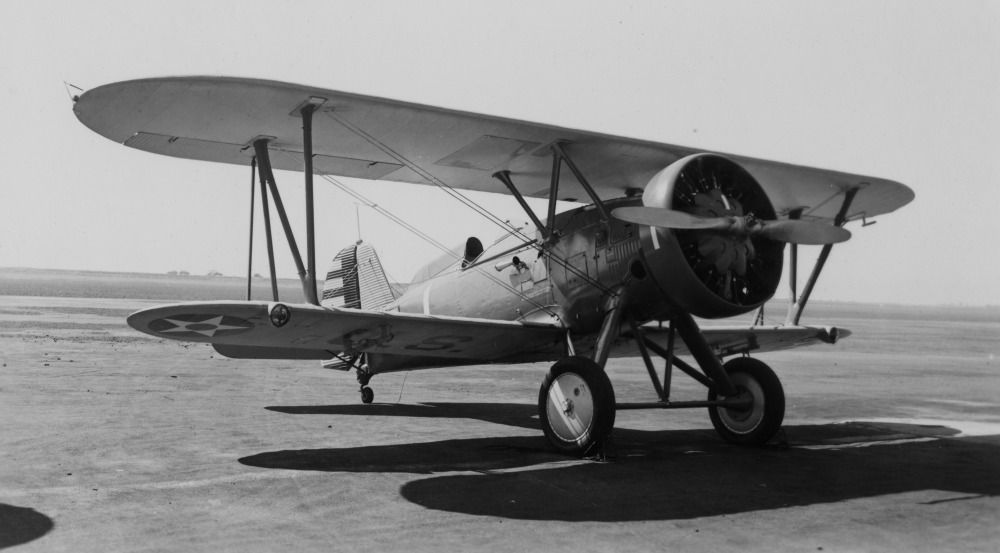
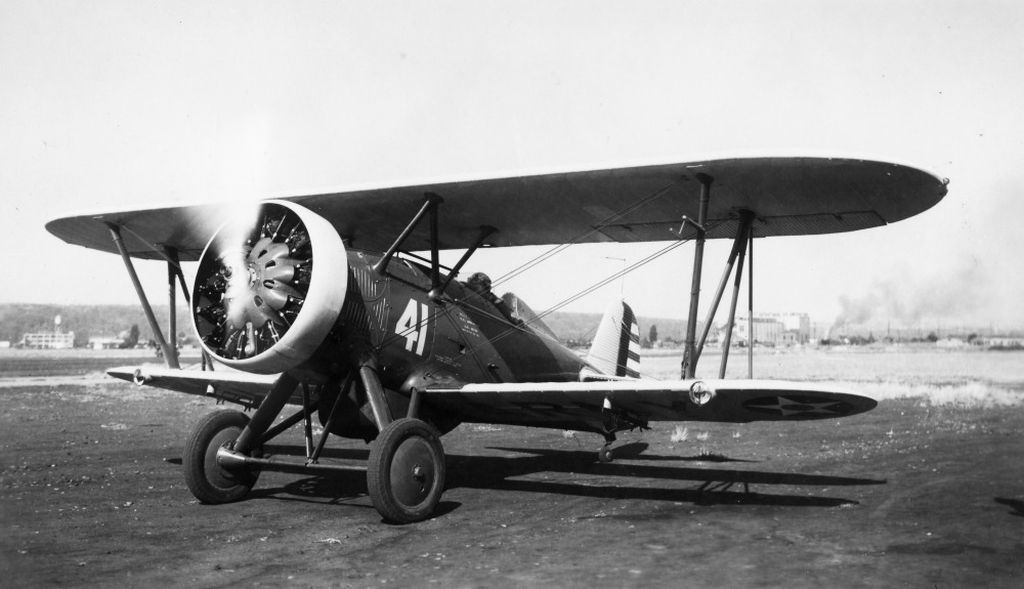
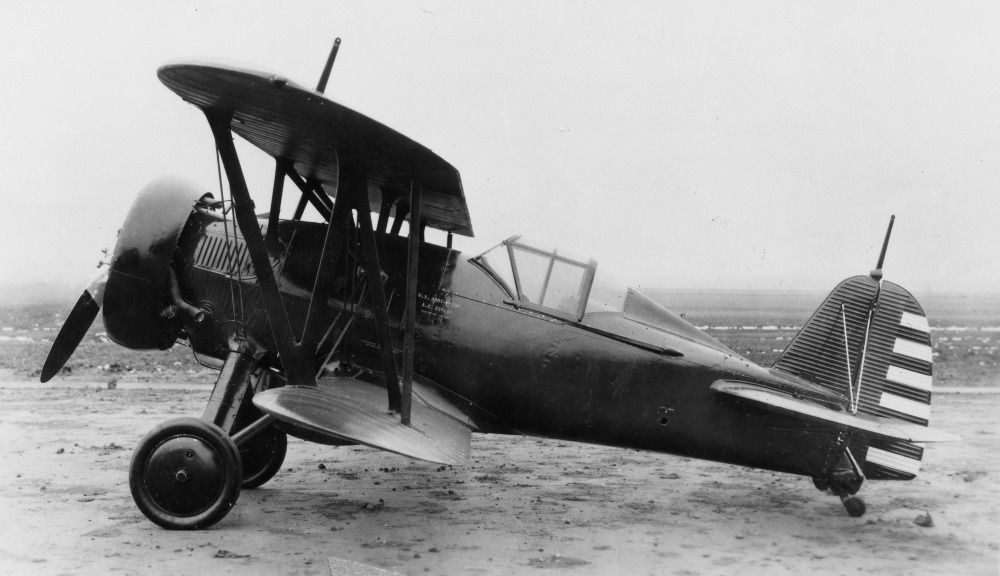
Below F4B-1 Boeing Model 99 for the United States Navy, split axle landing gear and ventral bomb rack, 27 built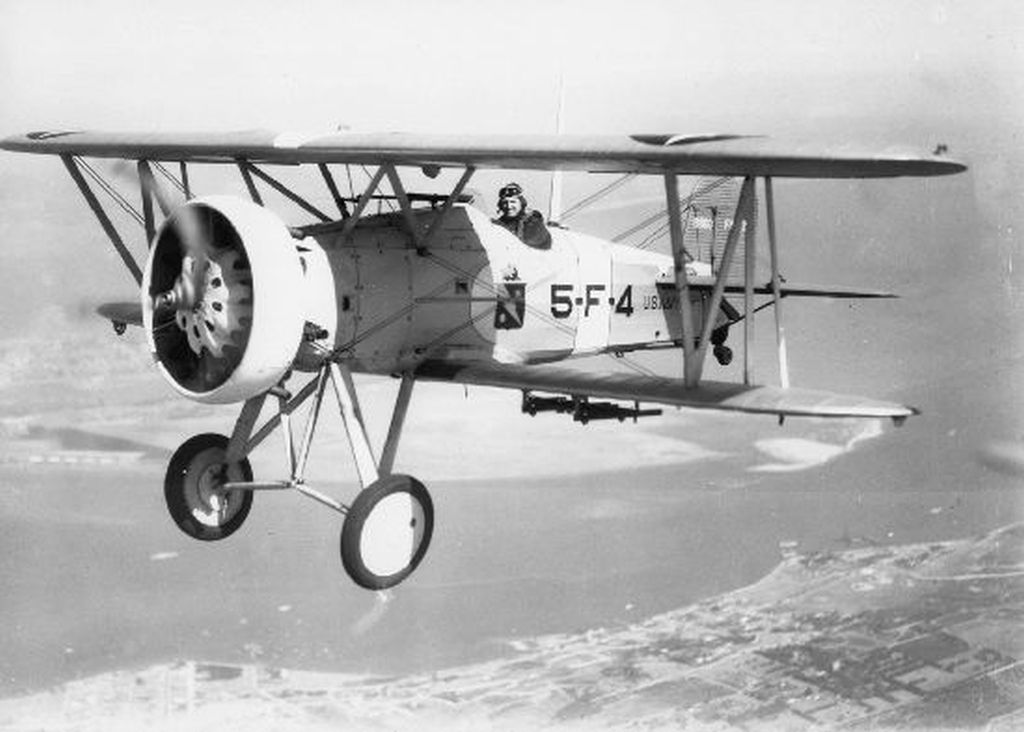
Below F4B-1A One F4B-1 converted to unarmed executive transport for the Assistant Secretary of the Navy, fuel tank moved to upper wing centre section.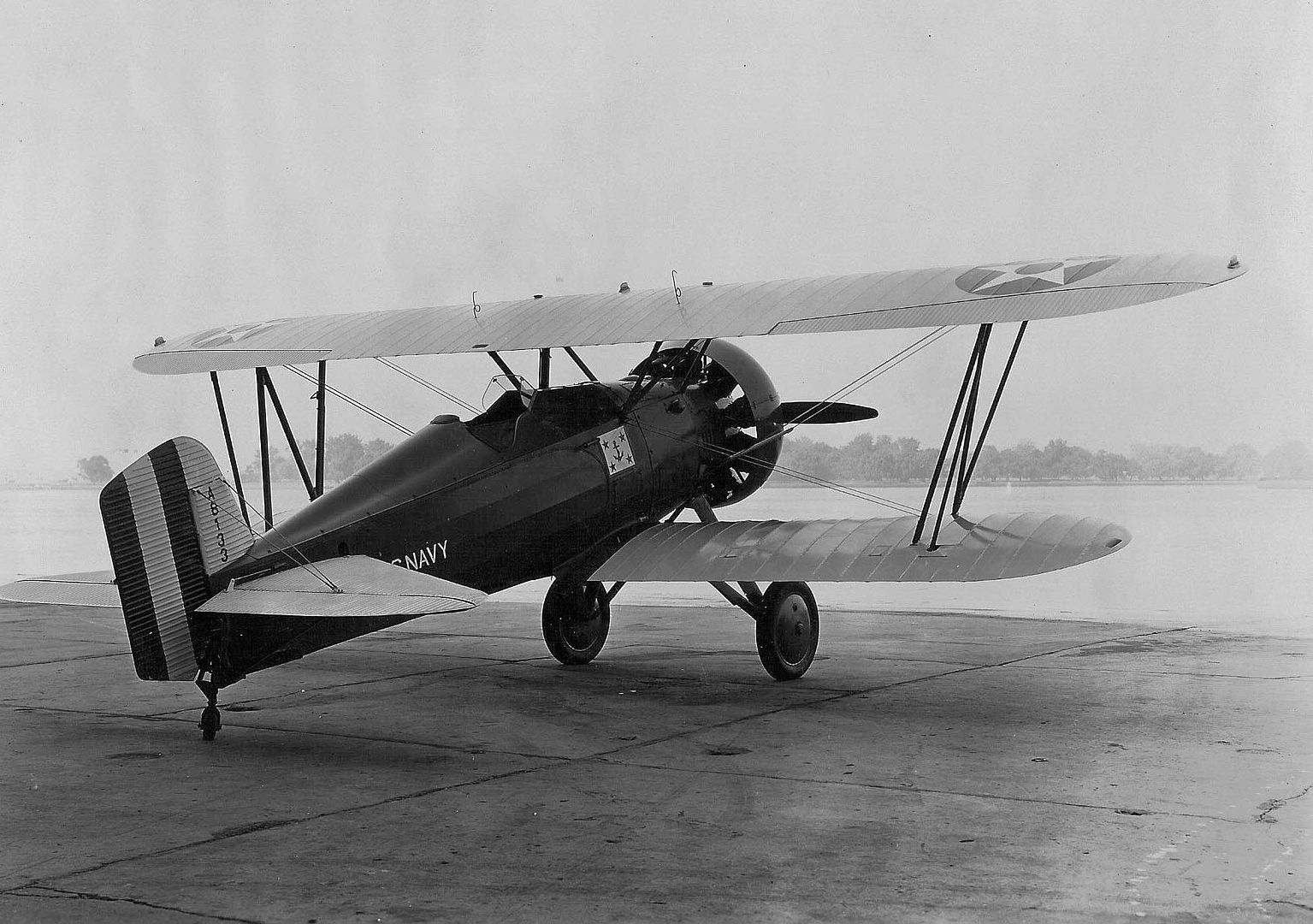
Below F4B-2 Boeing Model 223, spreader bar landing gear, frise ailerons, tailwheel replacing skid, 46 built.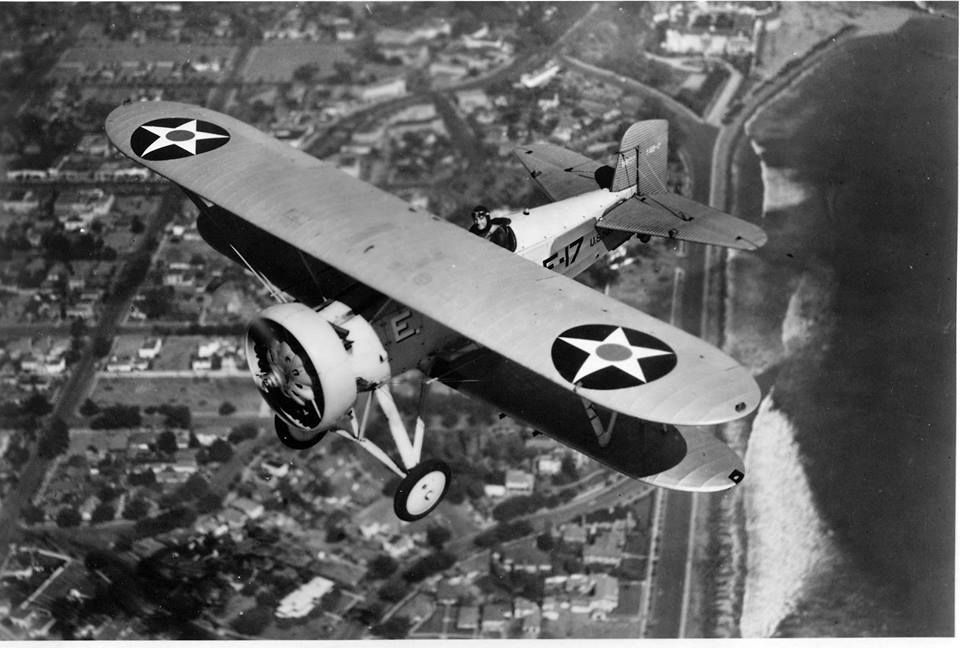
_VF-5B_insignia_under_the_cockpit..jpg?width=1920&height=1080&fit=bounds)
Below F4B-3 Boeing Model 235, as F4B-2 but with semi-monocoque metal fuselage and equipment changes, 21 built.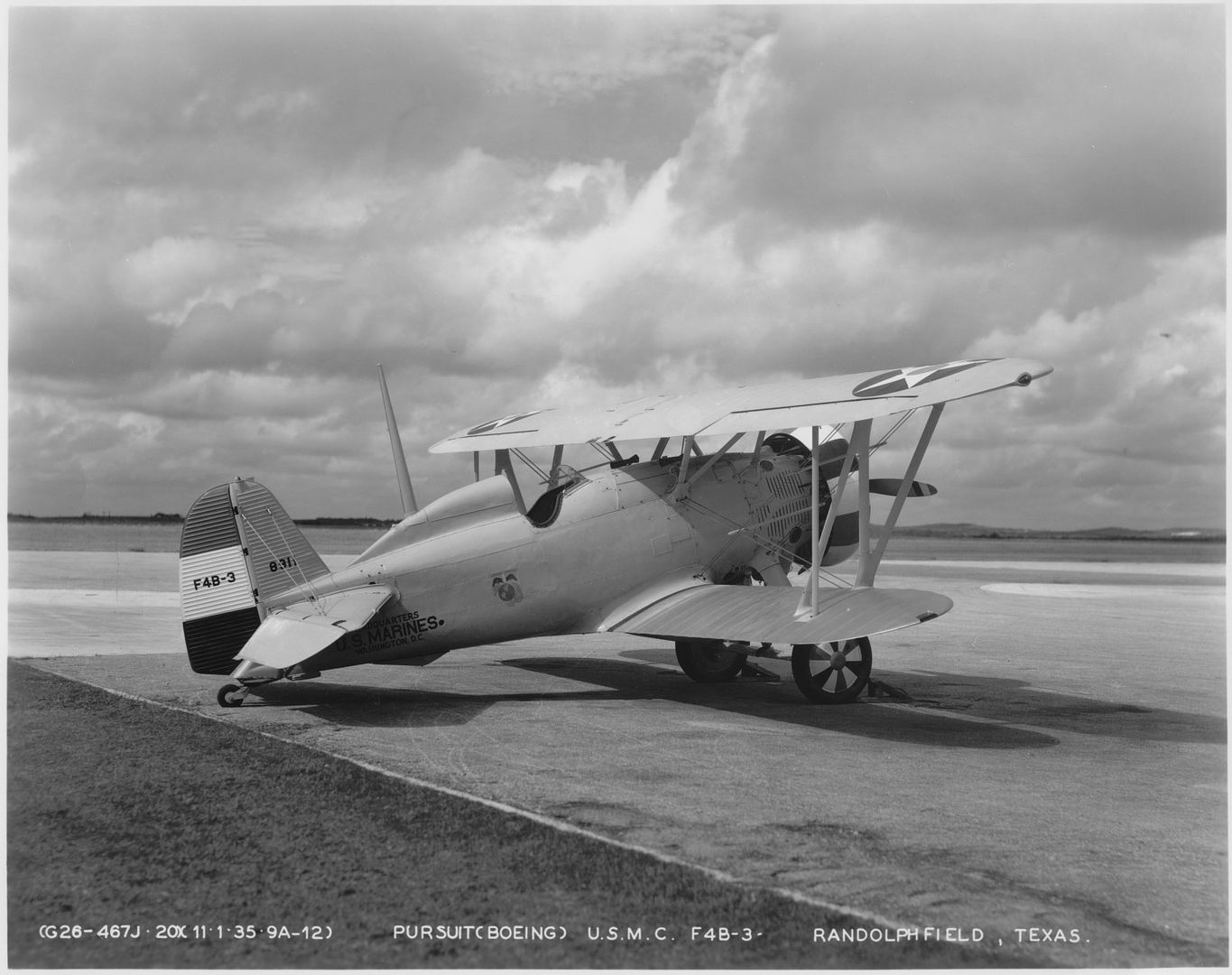
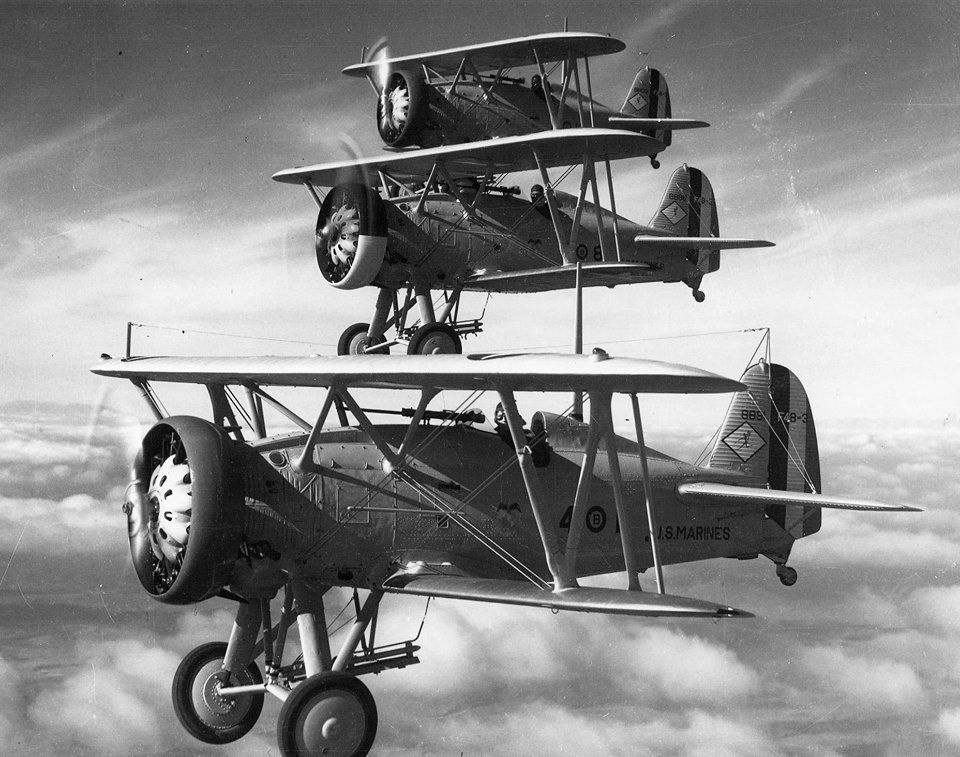
Prototype of the P-12E/F4B-3 variant, after evaluation sold to the Chinese Air Force

Below F4B-4 Boeing Model 235, as F4B-3 but with redesigned vertical tail surfaces, 550 hp R-1340-16 engine, underwing racks for two 116 lb bombs, last 45 built had an enlarged headrest housing a life raft, 92 built and one built from spares.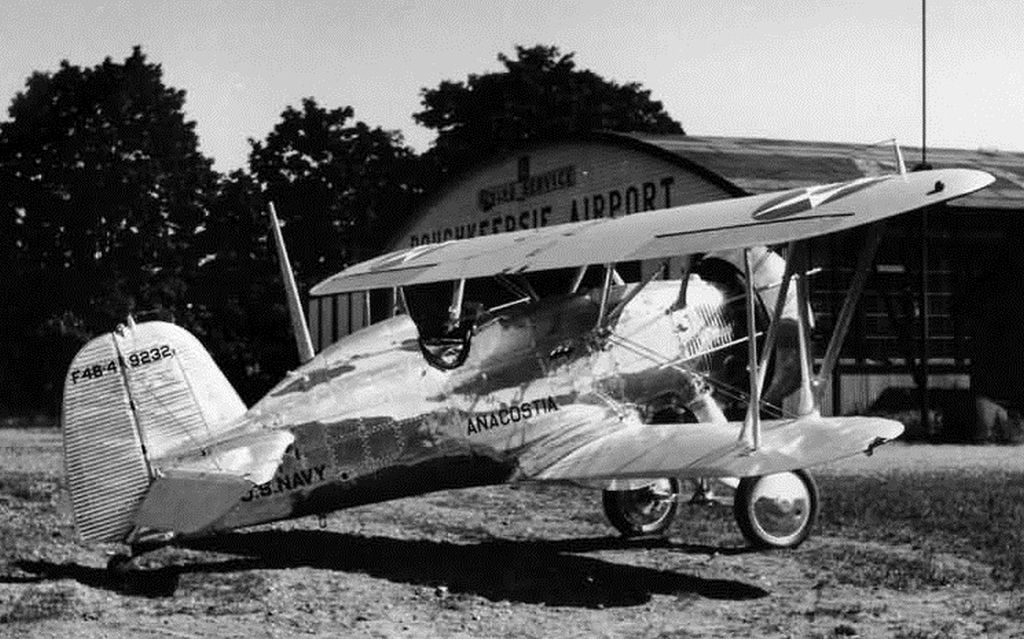
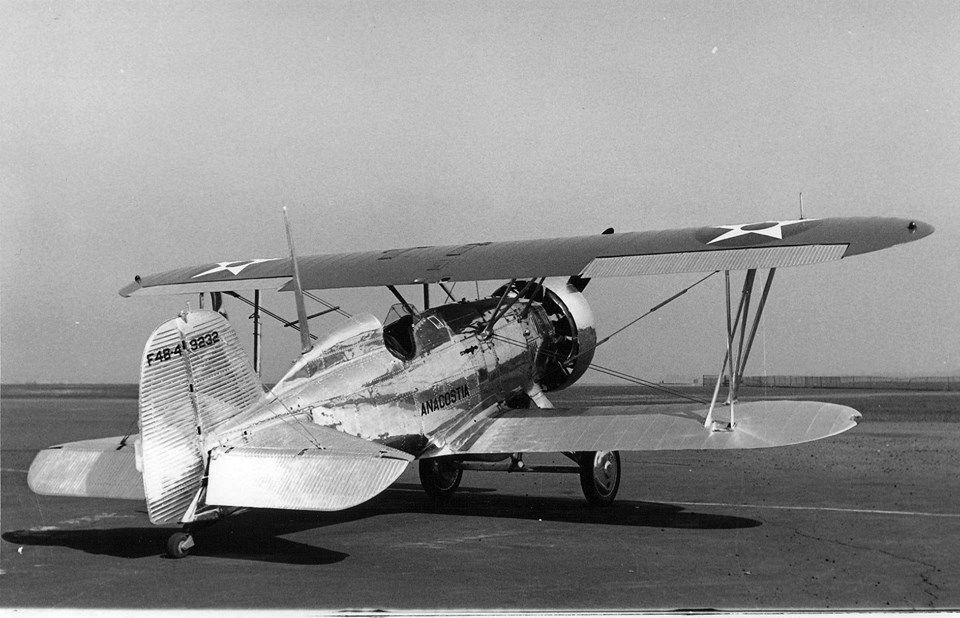
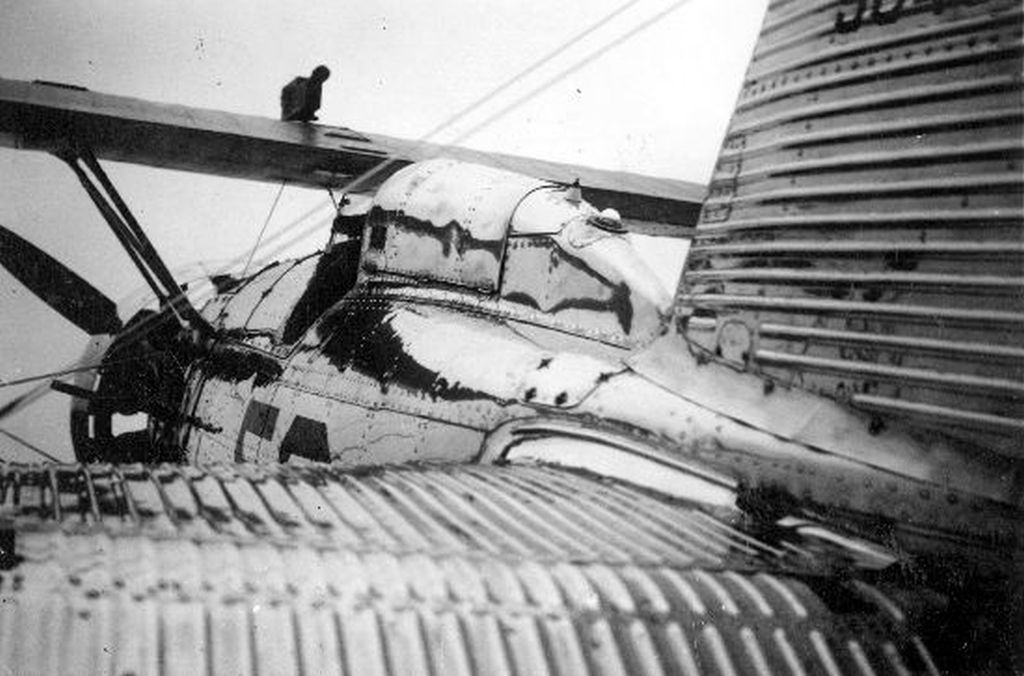
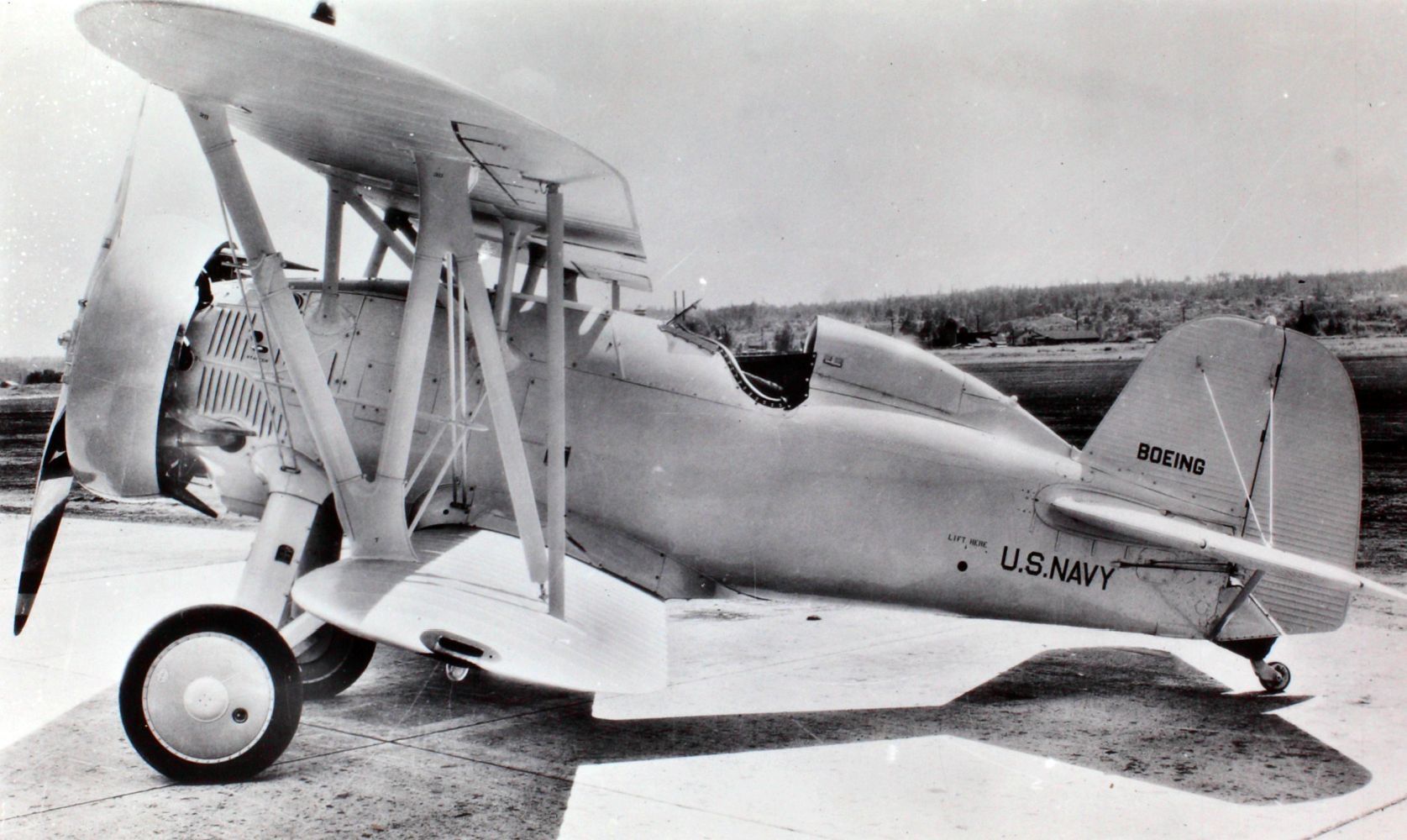
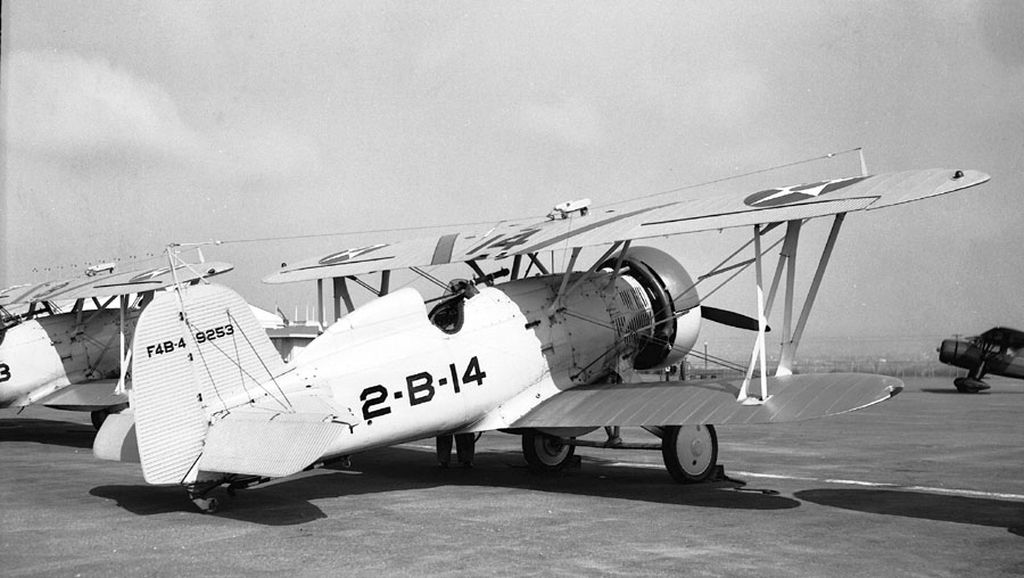
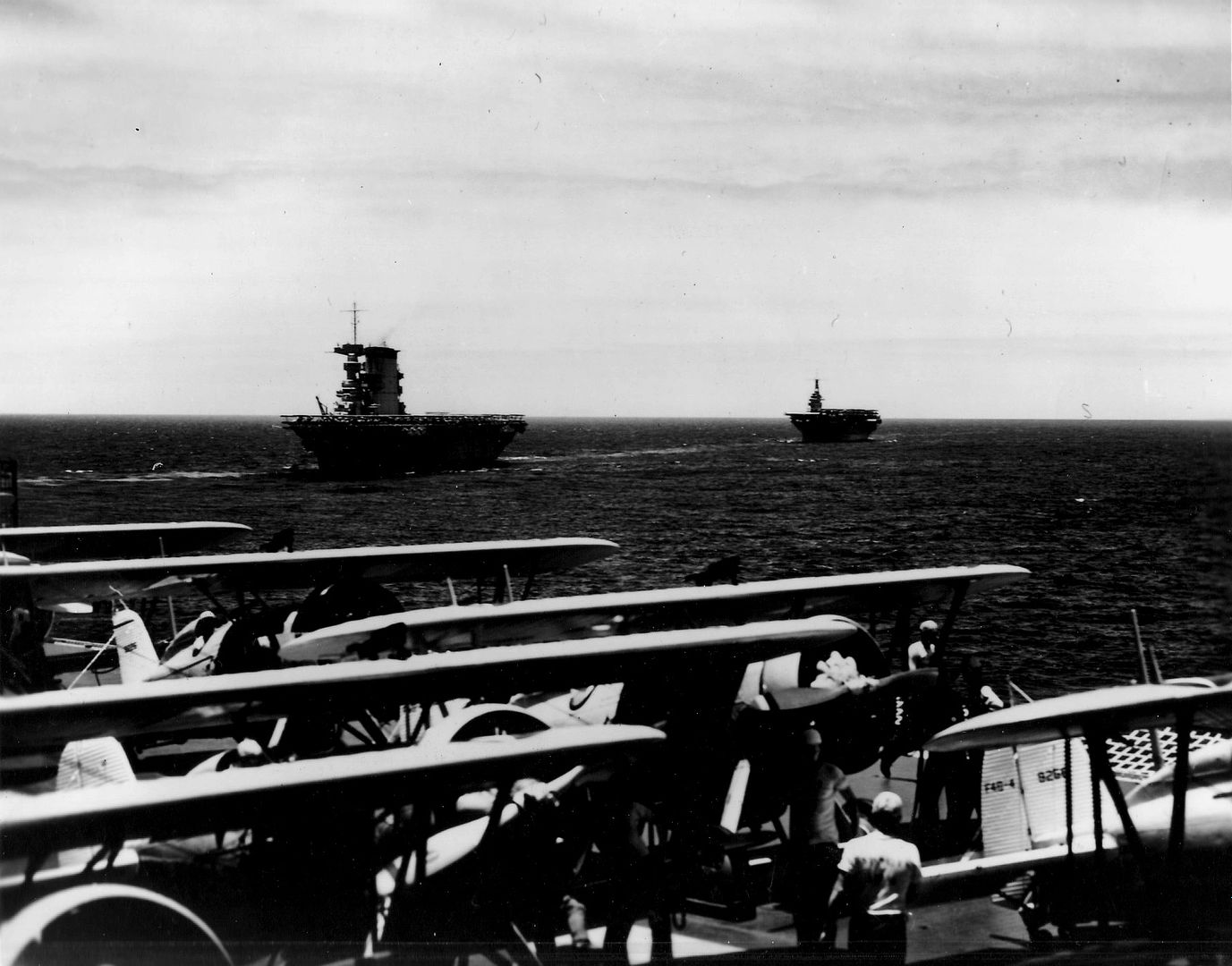

Post a reply
- Go to Previous topic
- Go to Next topic
- Go to Welcome
- Go to Introduce Yourself
- Go to General Discussion
- Go to Screenshots, Images and Videos
- Go to Off topic
- Go to Works in Progress
- Go to Skinning Tips / Tutorials
- Go to Skin Requests
- Go to IJAAF Library
- Go to Luftwaffe Library
- Go to RAF Library
- Go to USAAF / USN Library
- Go to Misc Library
- Go to The Ops Room
- Go to Made in Germany
- Go to Campaigns and Missions
- Go to Works in Progress
- Go to Juri's Air-Raid Shelter
- Go to Campaigns and Missions
- Go to Works in Progress
- Go to Skinpacks
- Go to External Projects Discussion
- Go to Books & Resources
